Computer Methods in Science Course
Subscribe to:
Comments (Atom)
Basic Comparison of C++ and HTML/JavaScript
Here’s a basic comparison of C++ and HTML/JavaScript for common programming concepts and simple code examples for each. This will help ...
-
<button onclick="drawX()">Draw X</button> <!-- Button to call the 'drawX' function when clicked --> <...
-
NaCl.xyz Generator with Interactive 3D Visualization NaCl.xyz Generator with Interactive 3D Visualization ...
-
Here’s a basic comparison of C++ and HTML/JavaScript for common programming concepts and simple code examples for each. This will help ...




























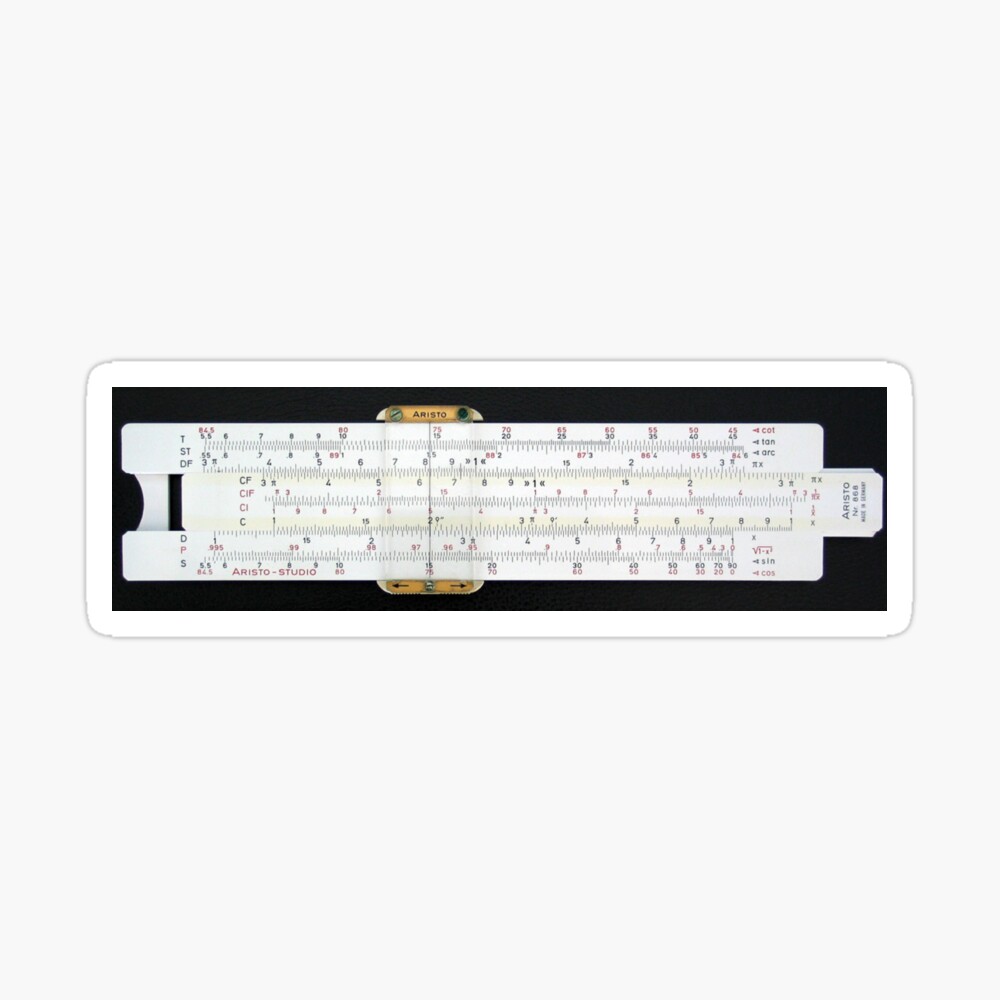
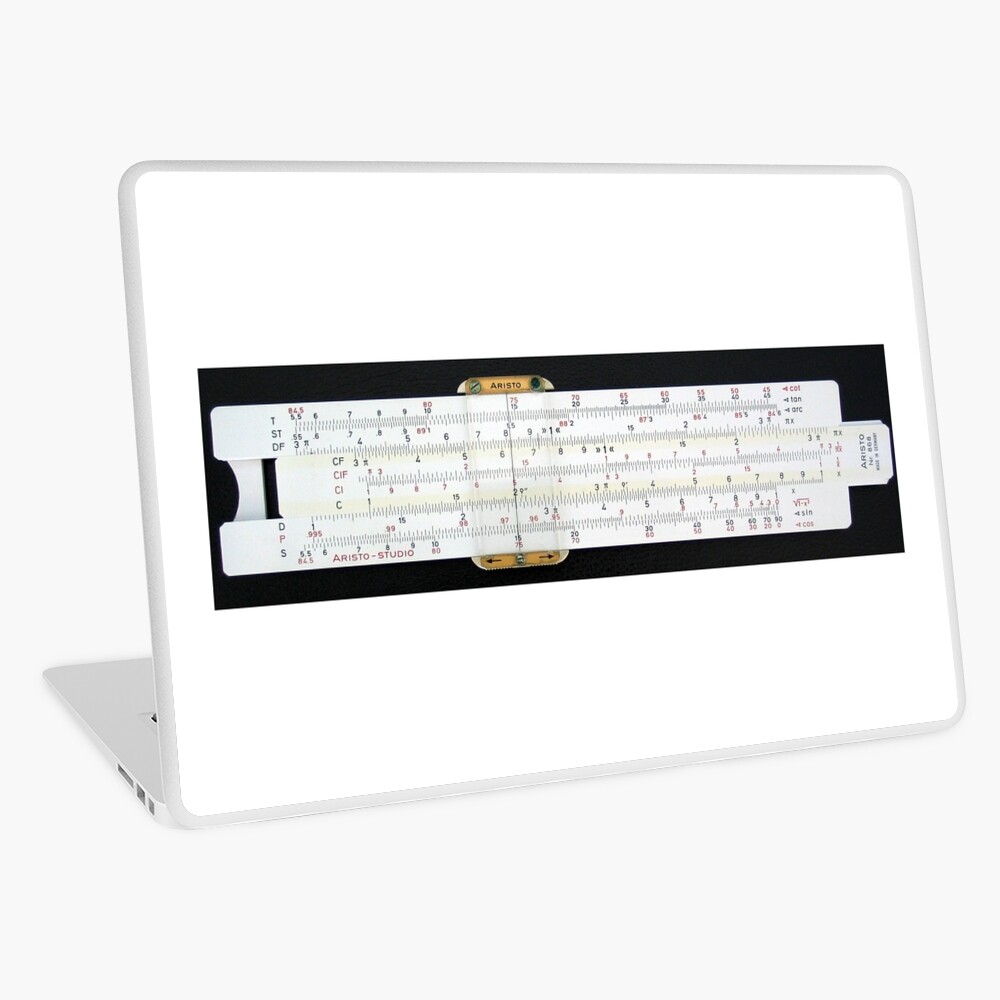
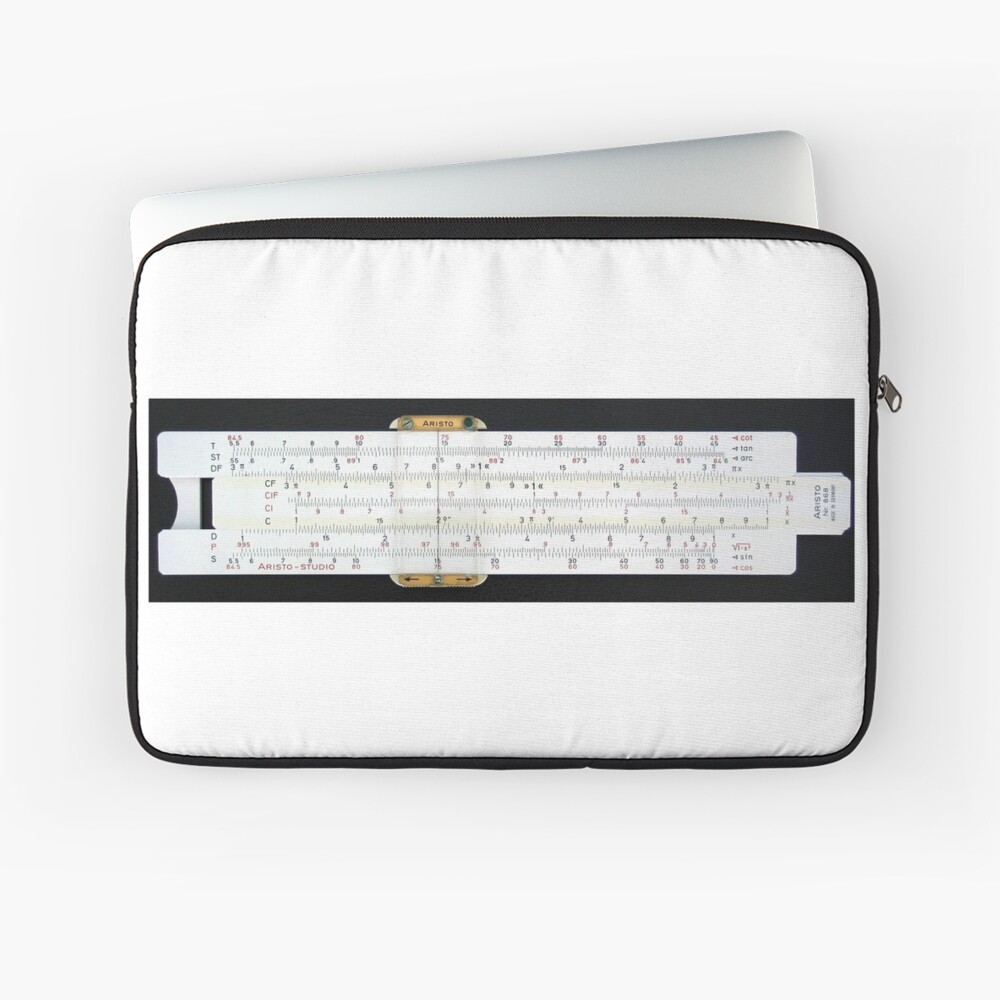
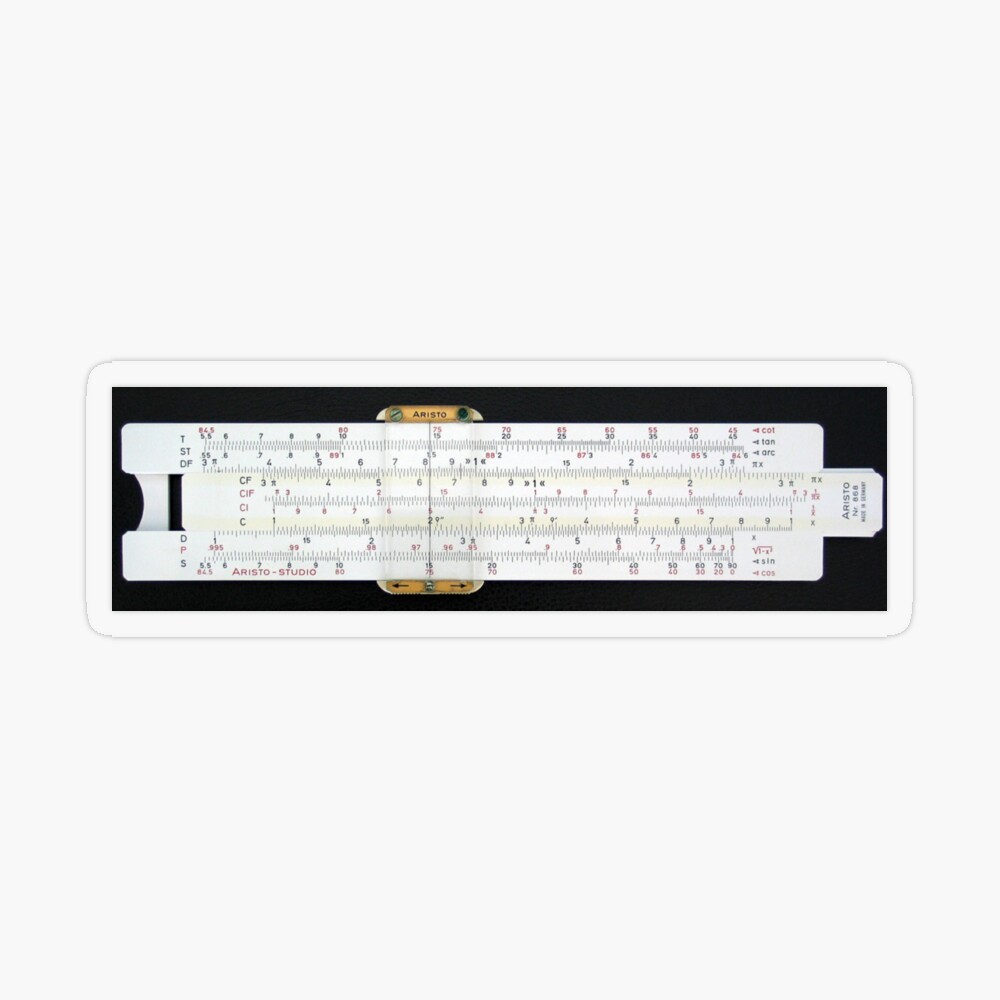
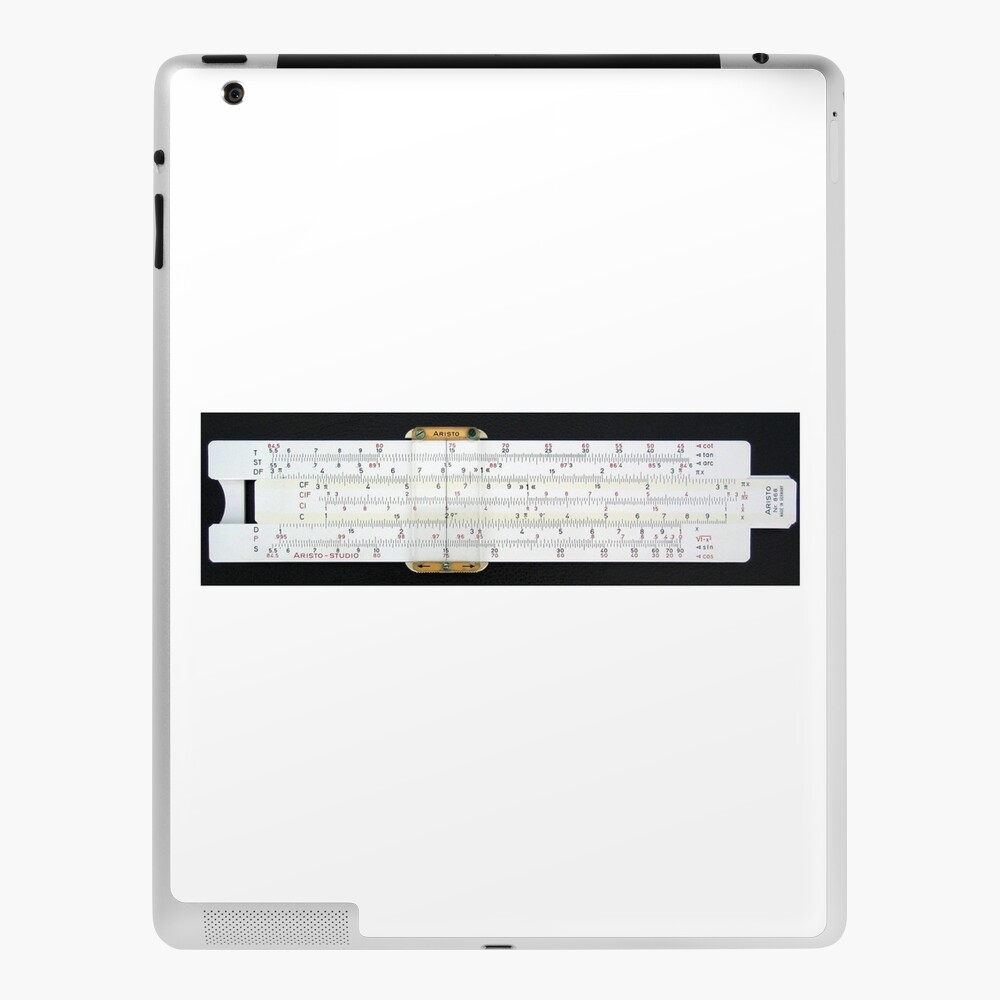
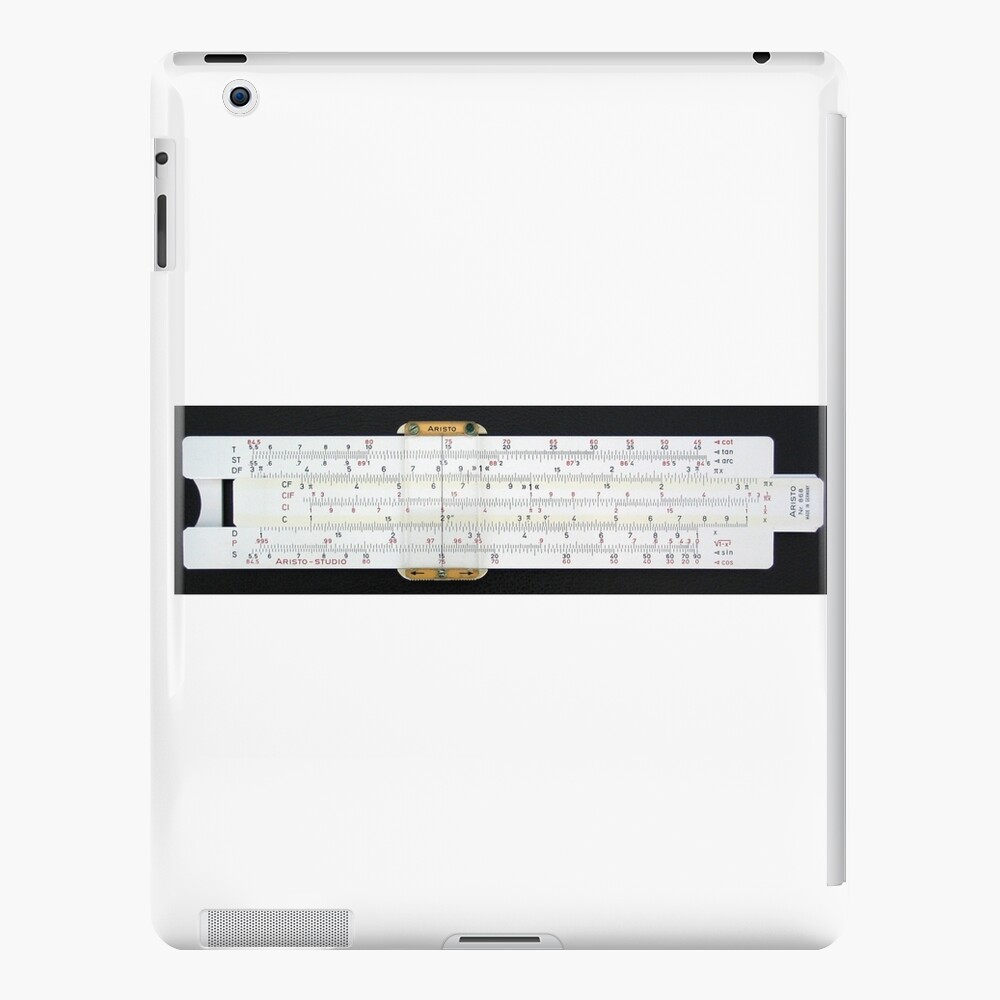

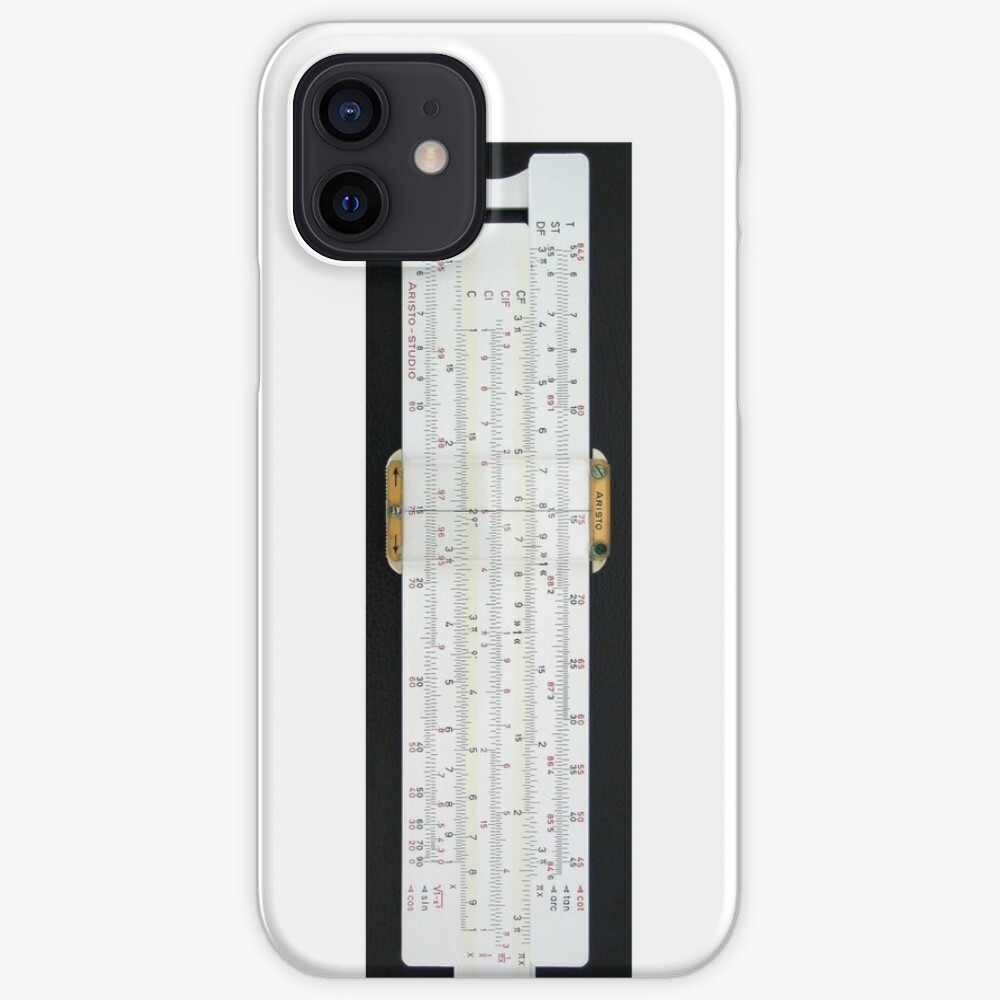

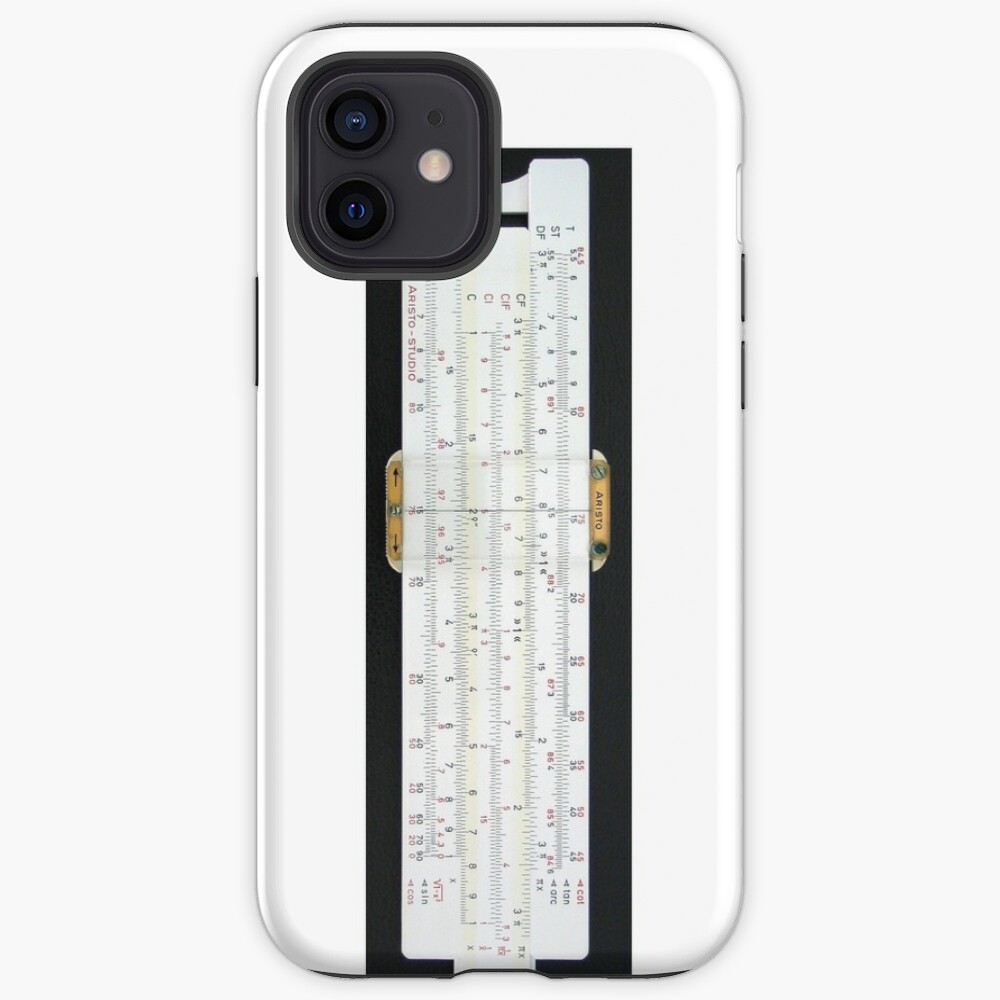


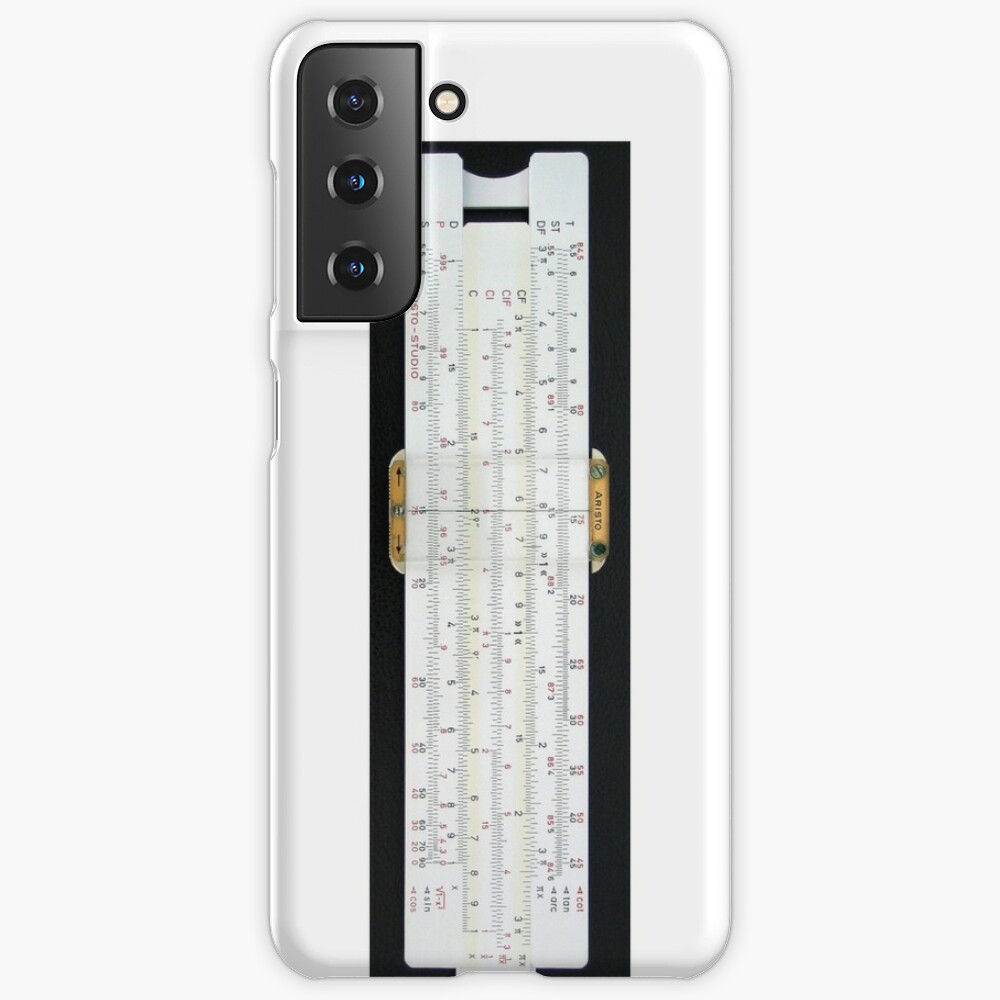

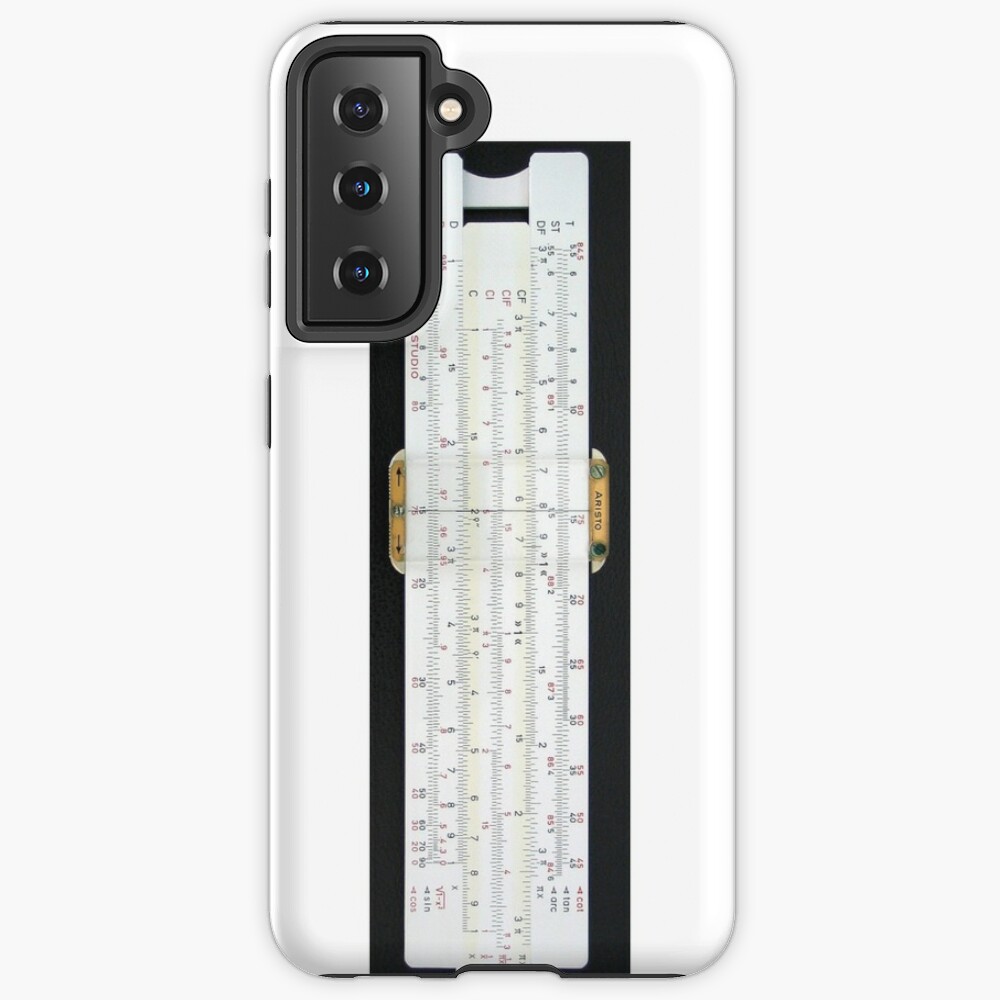

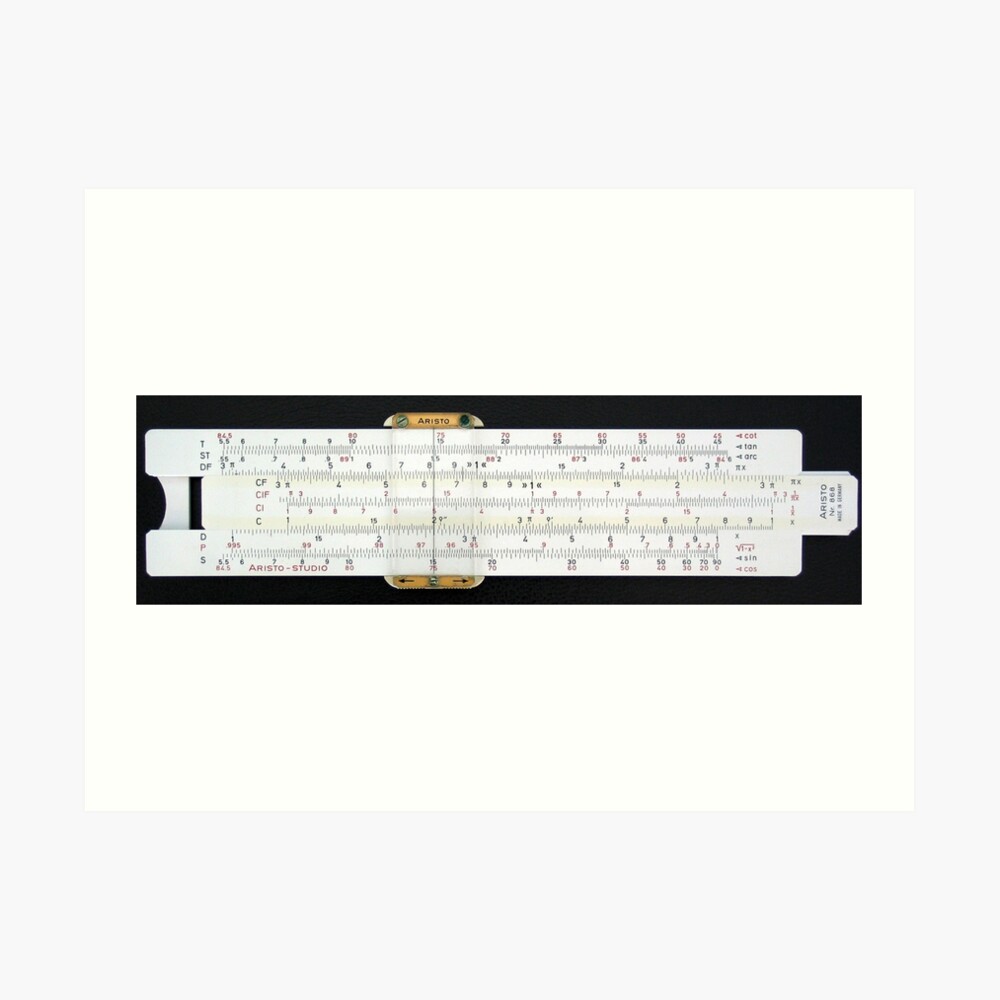
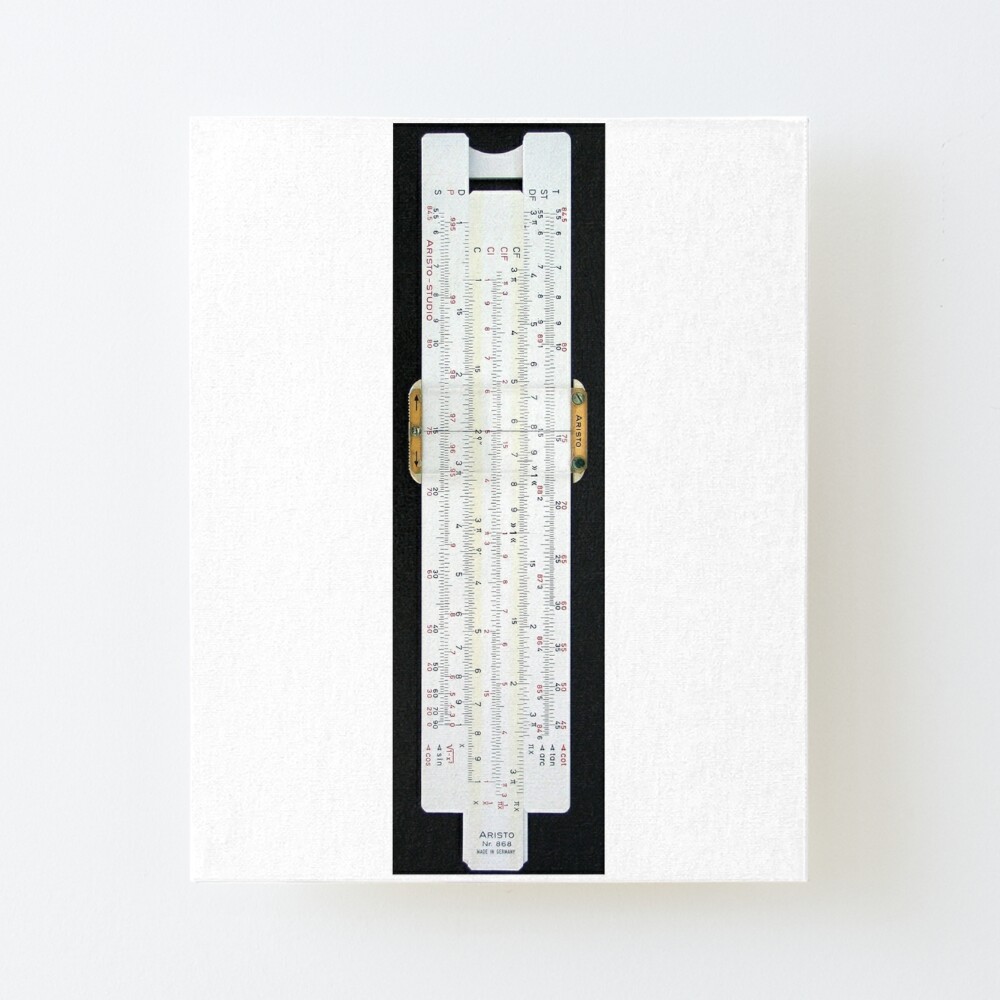
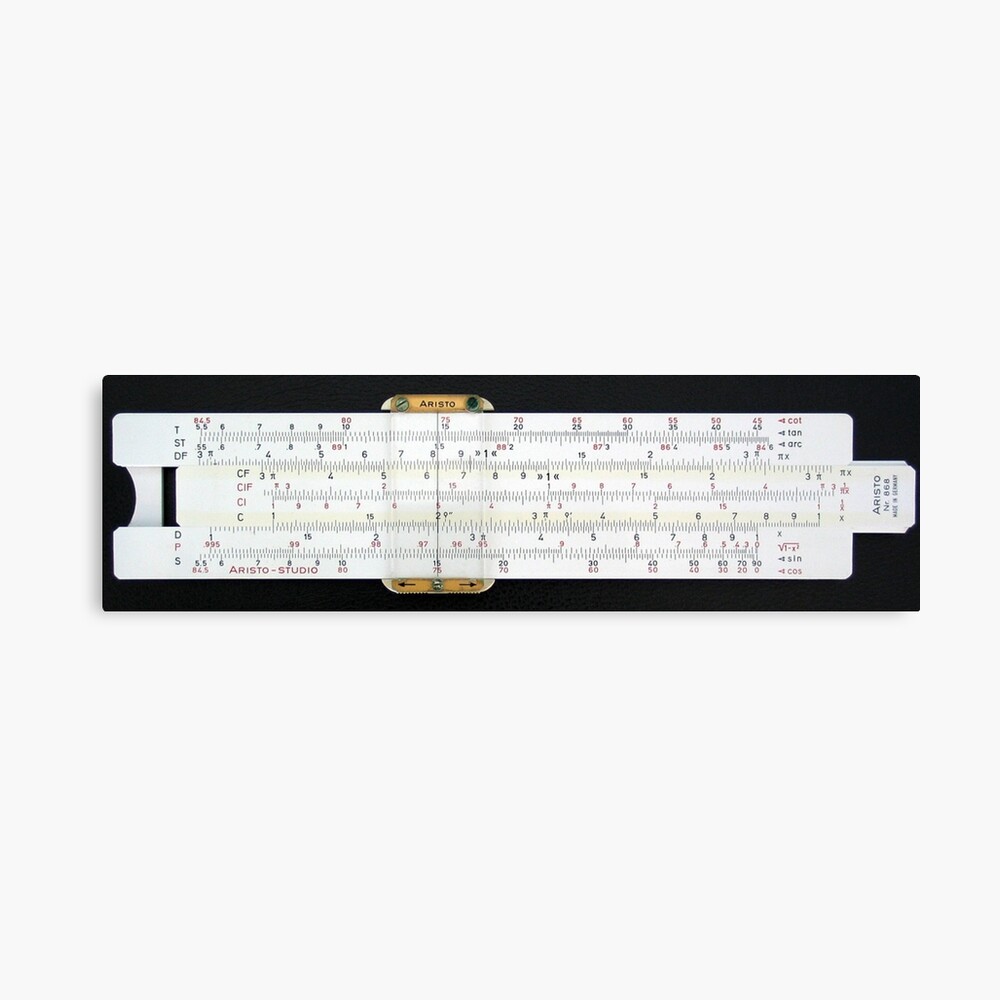

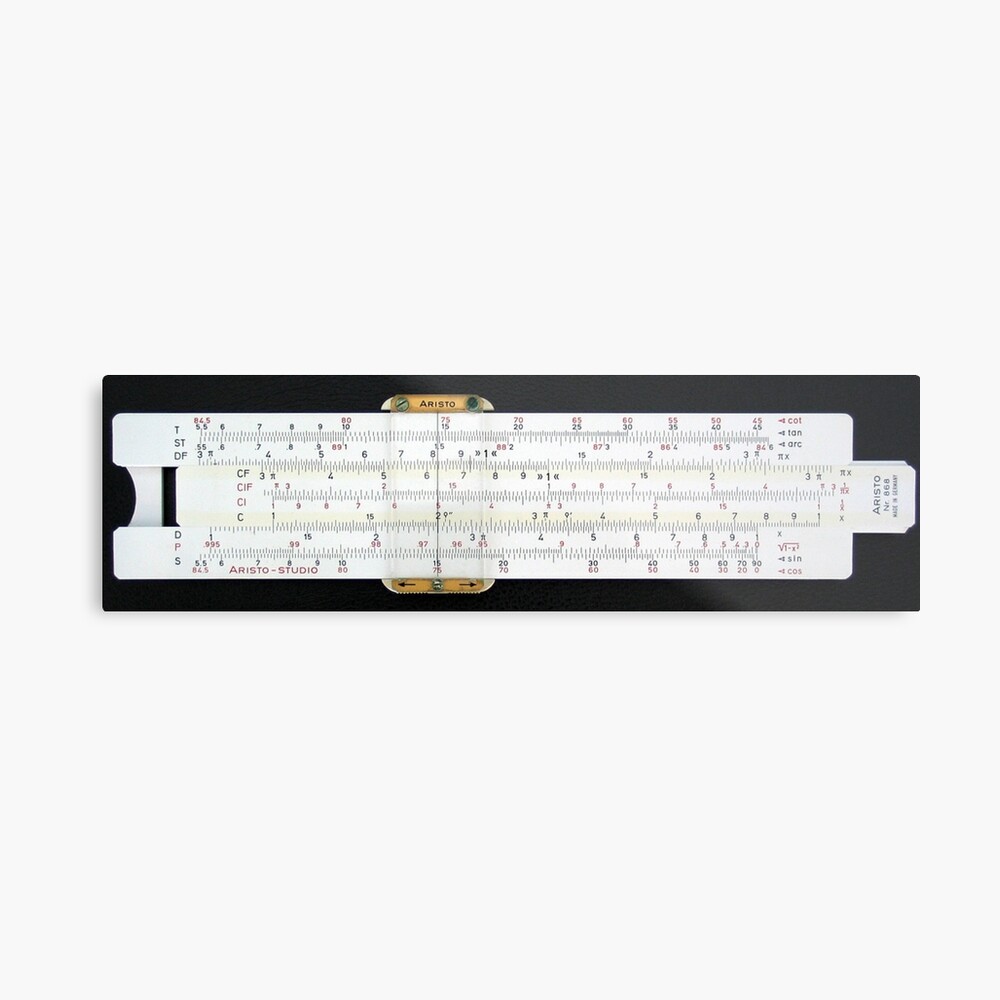


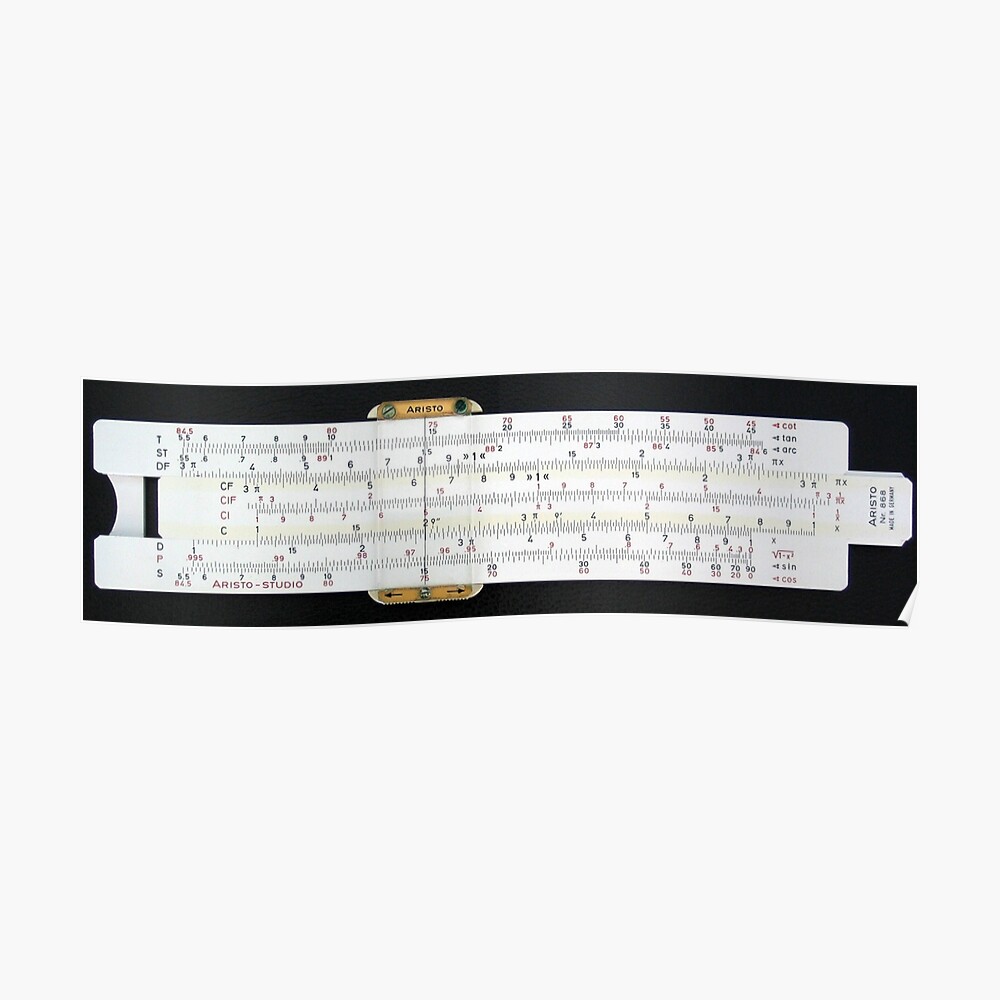
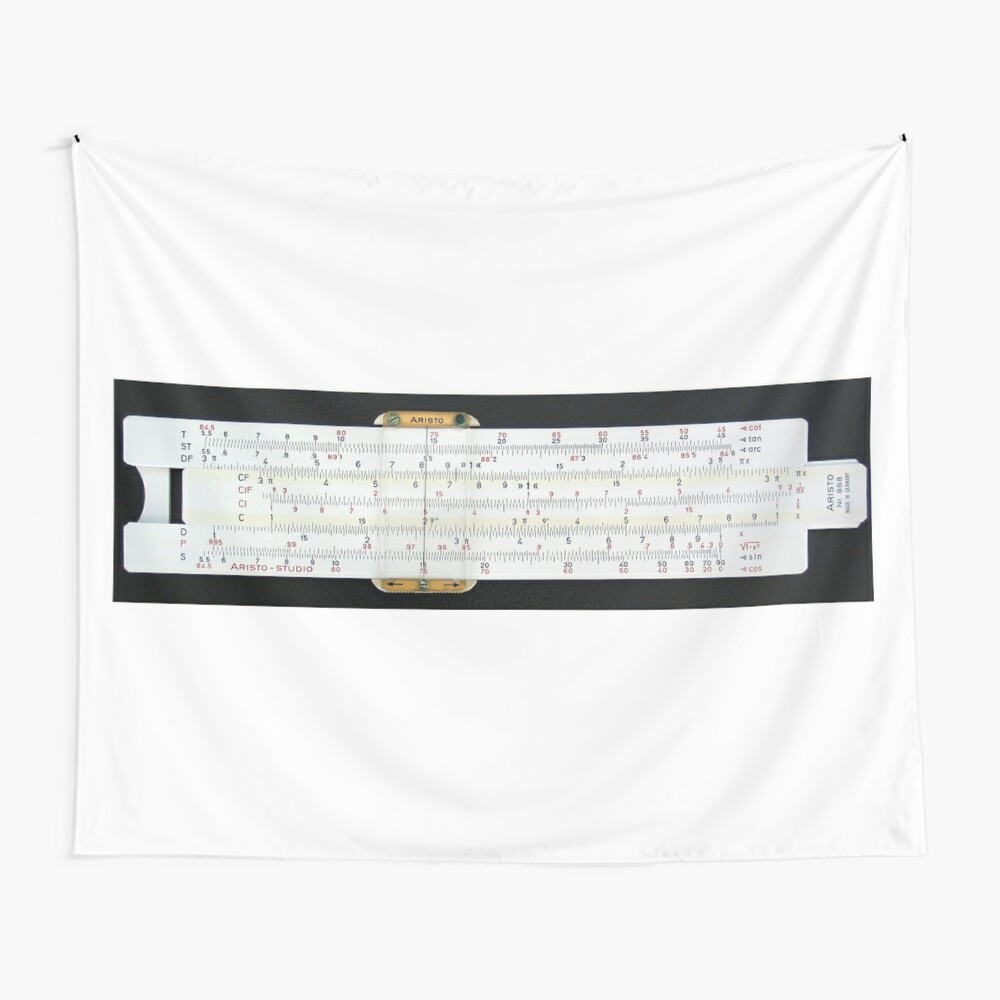
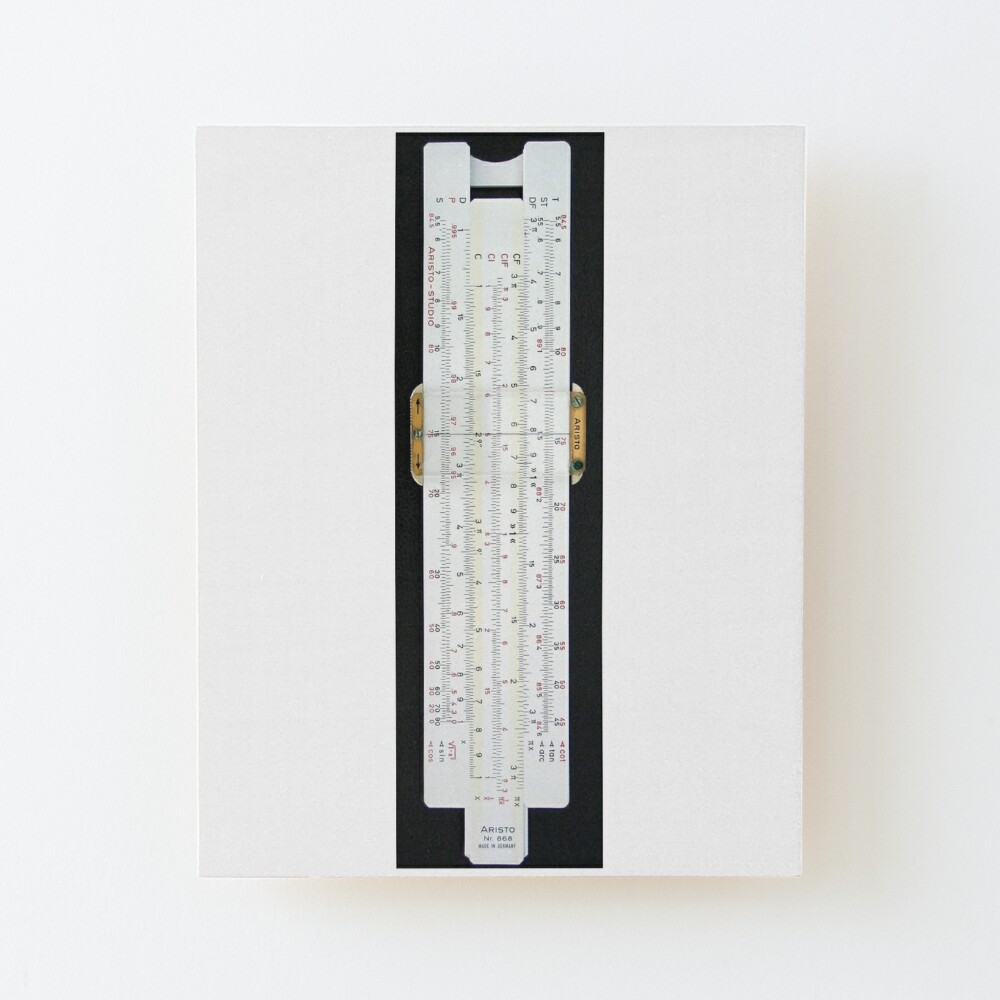
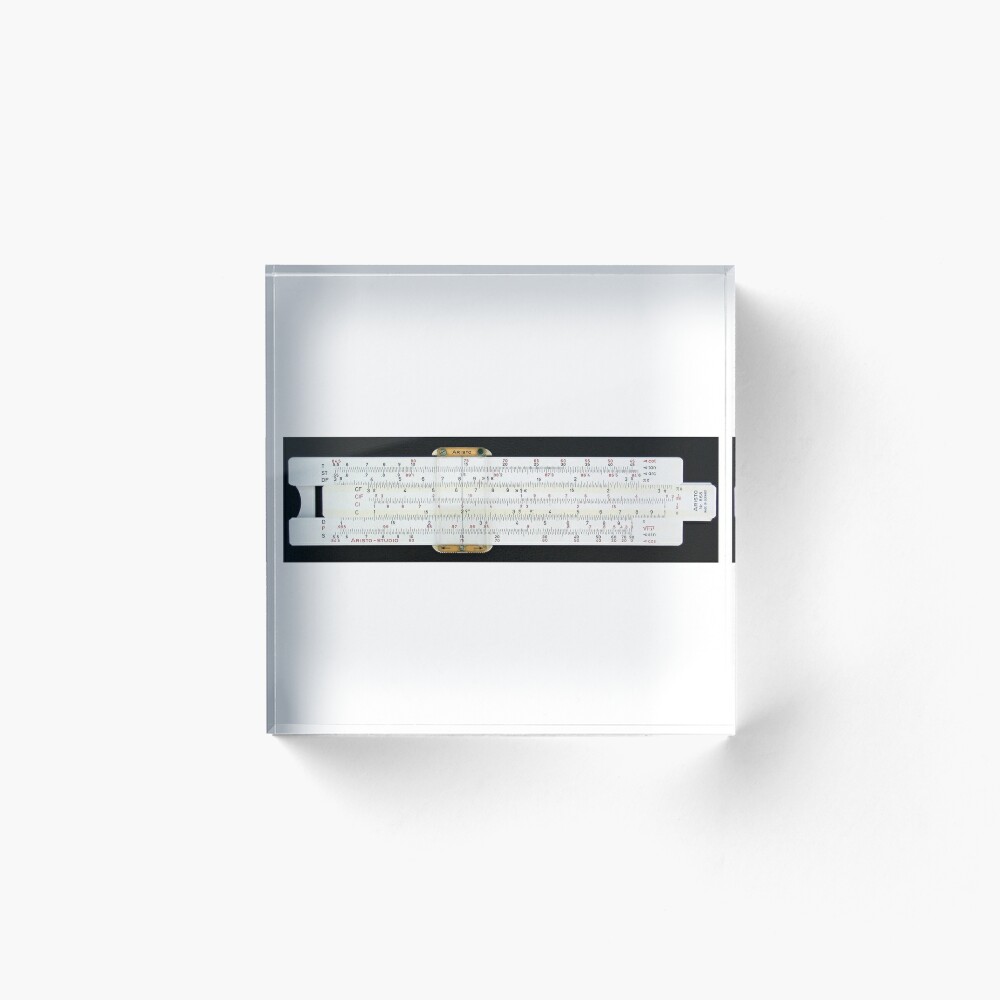
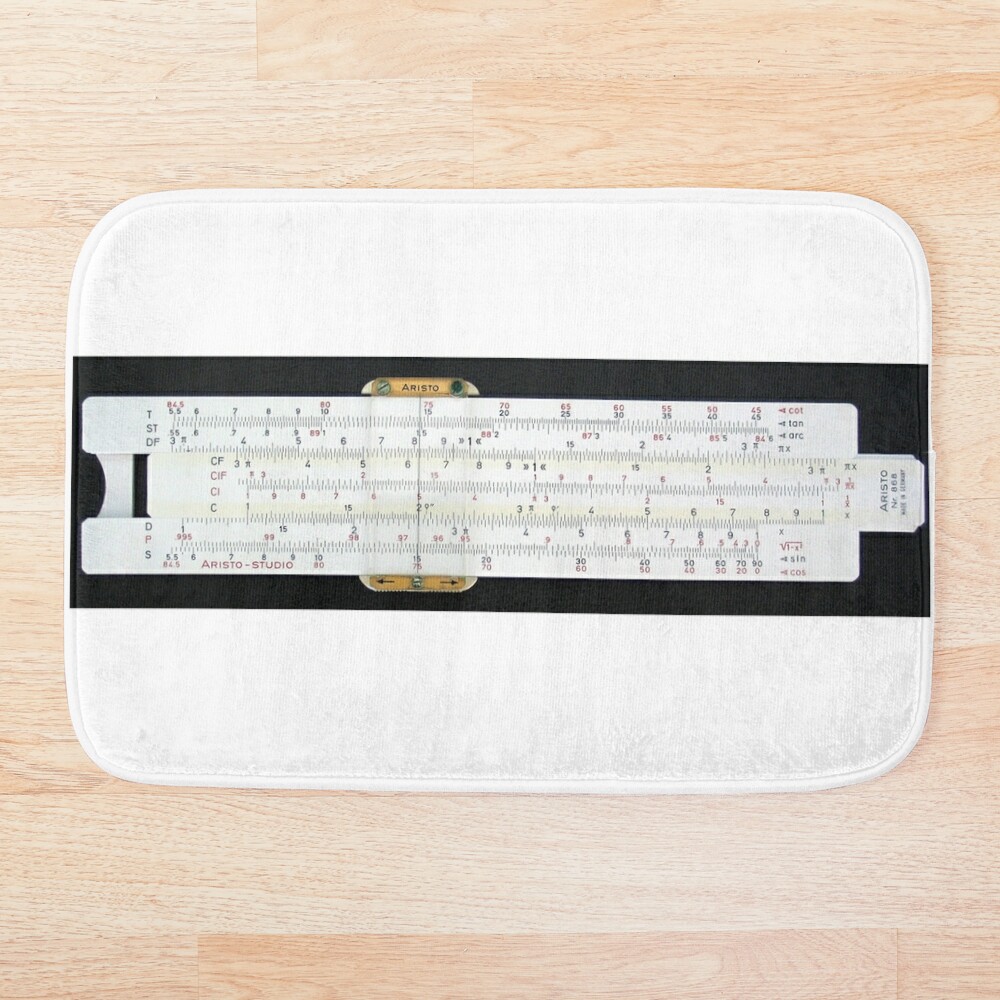
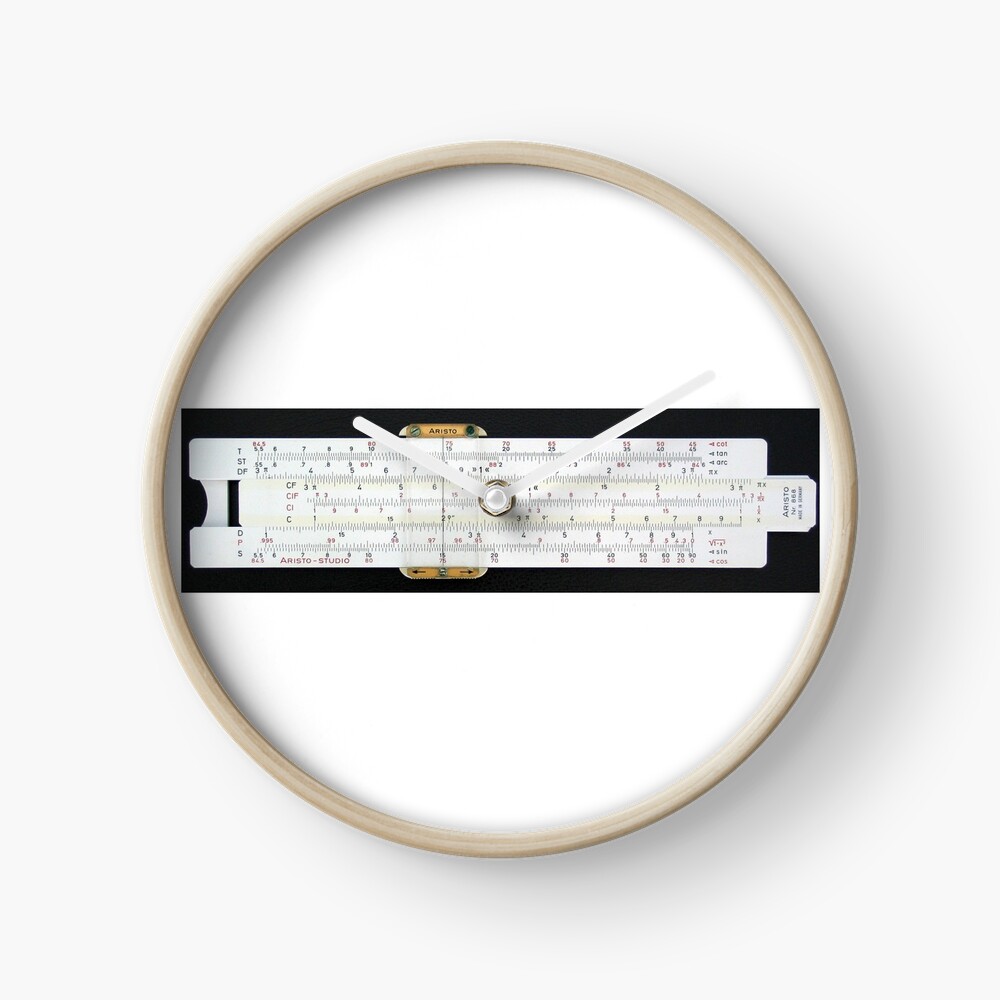
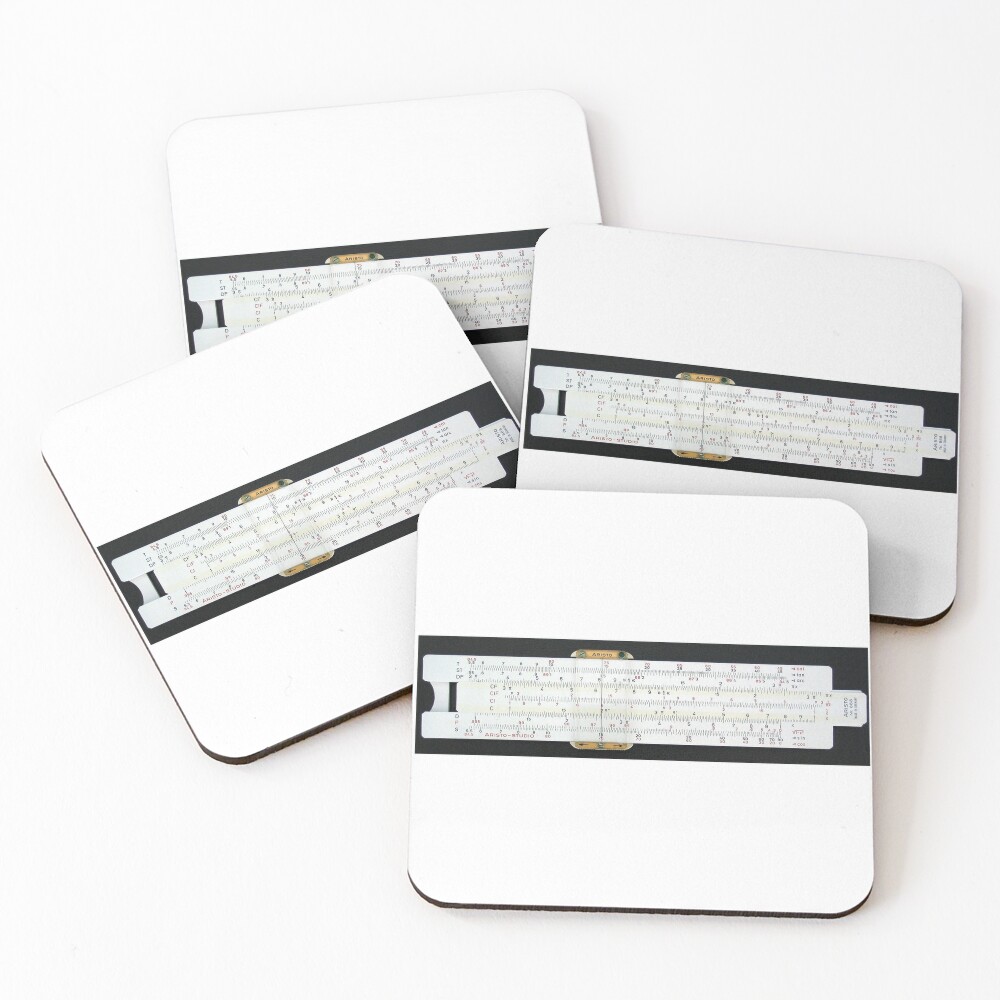
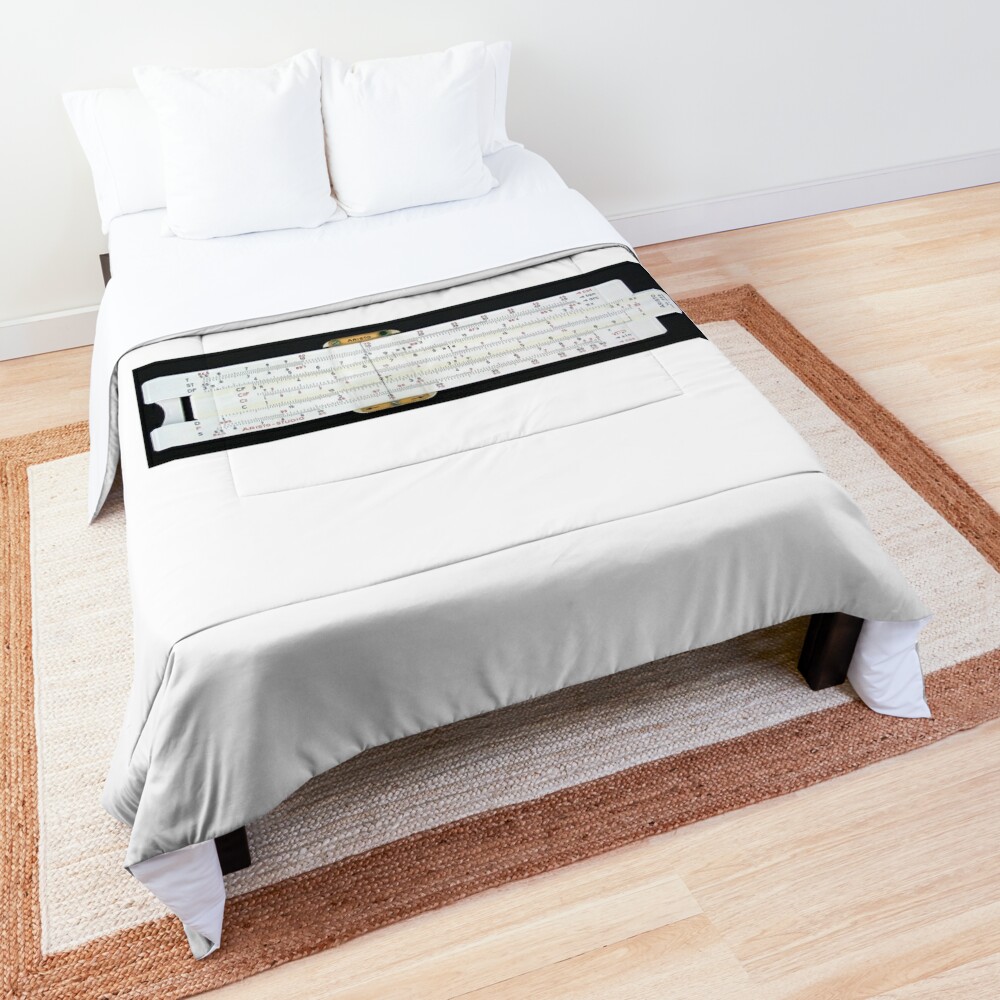
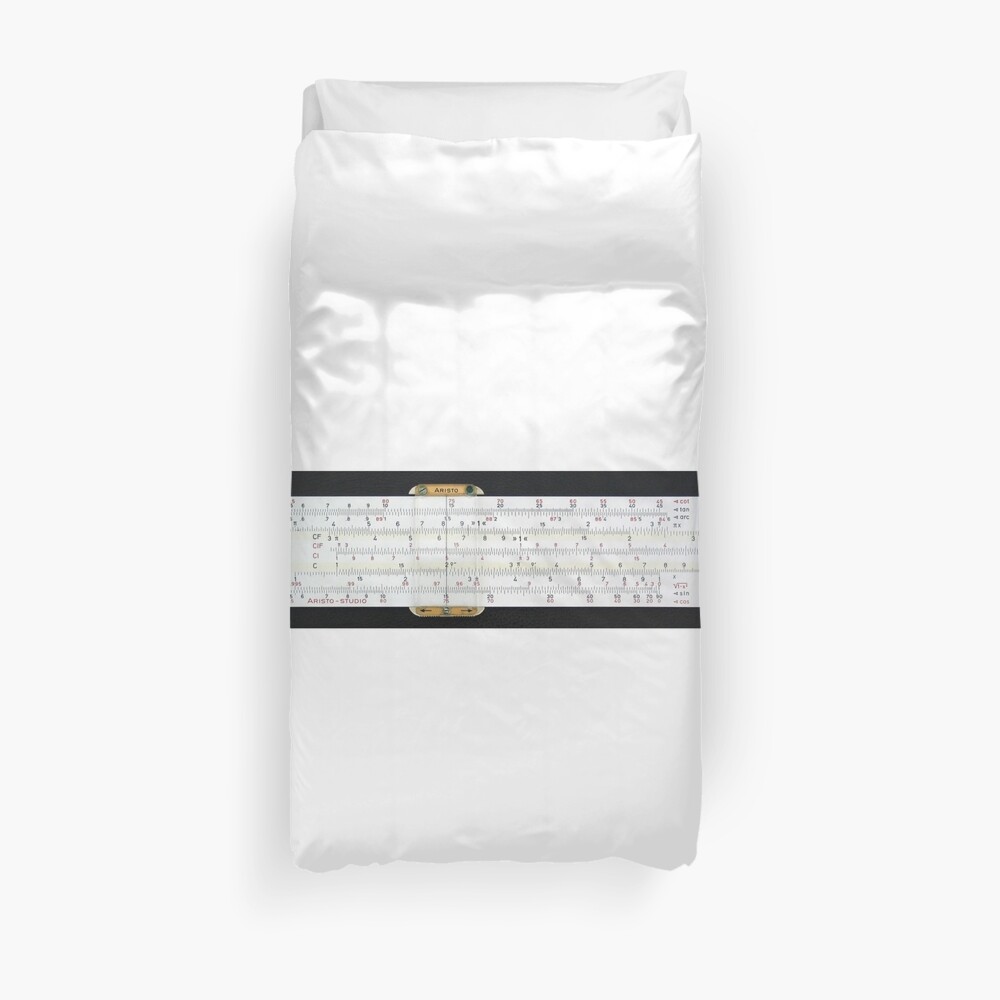
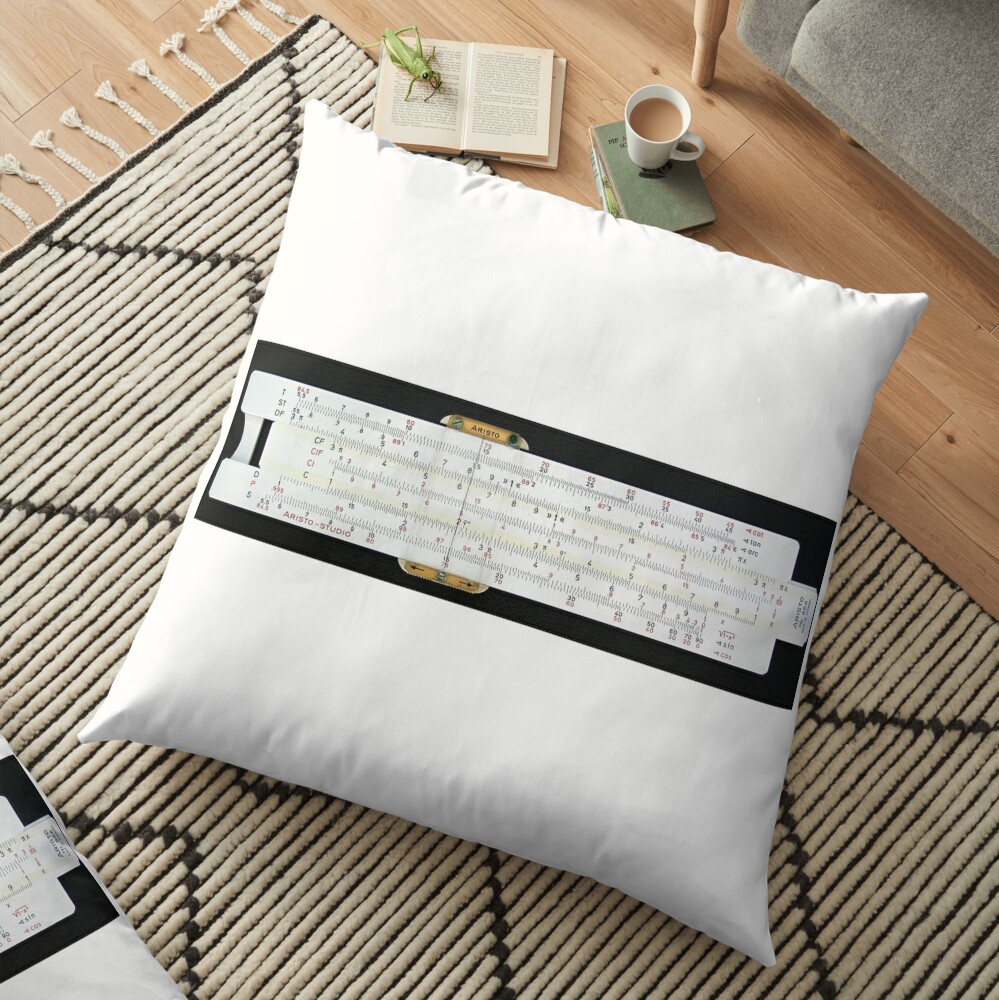


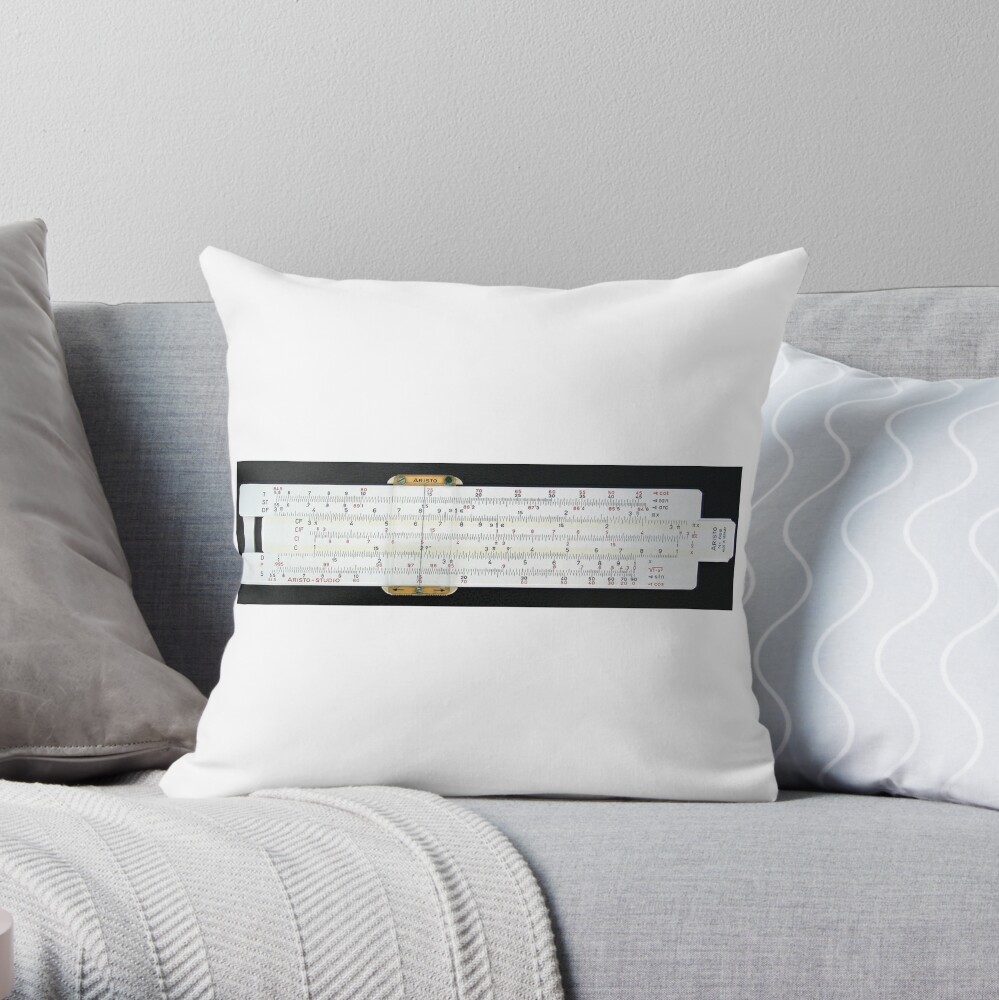






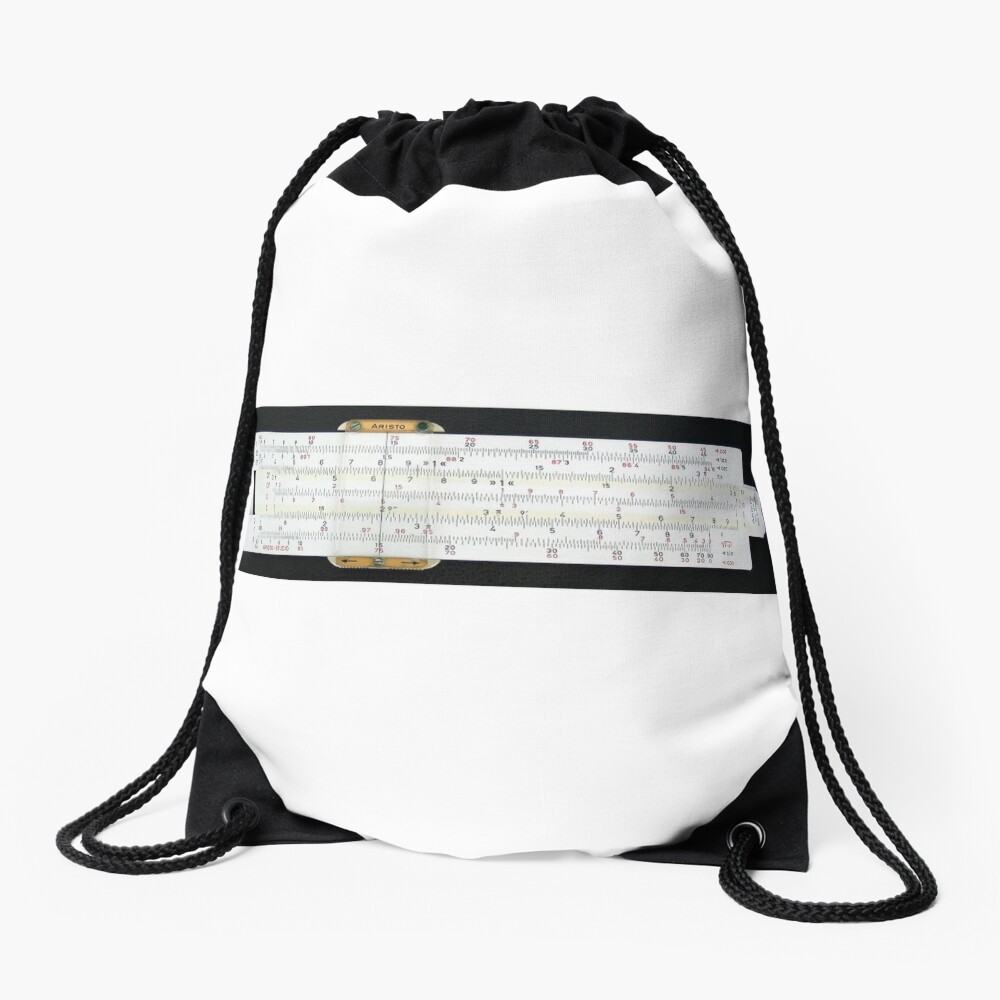



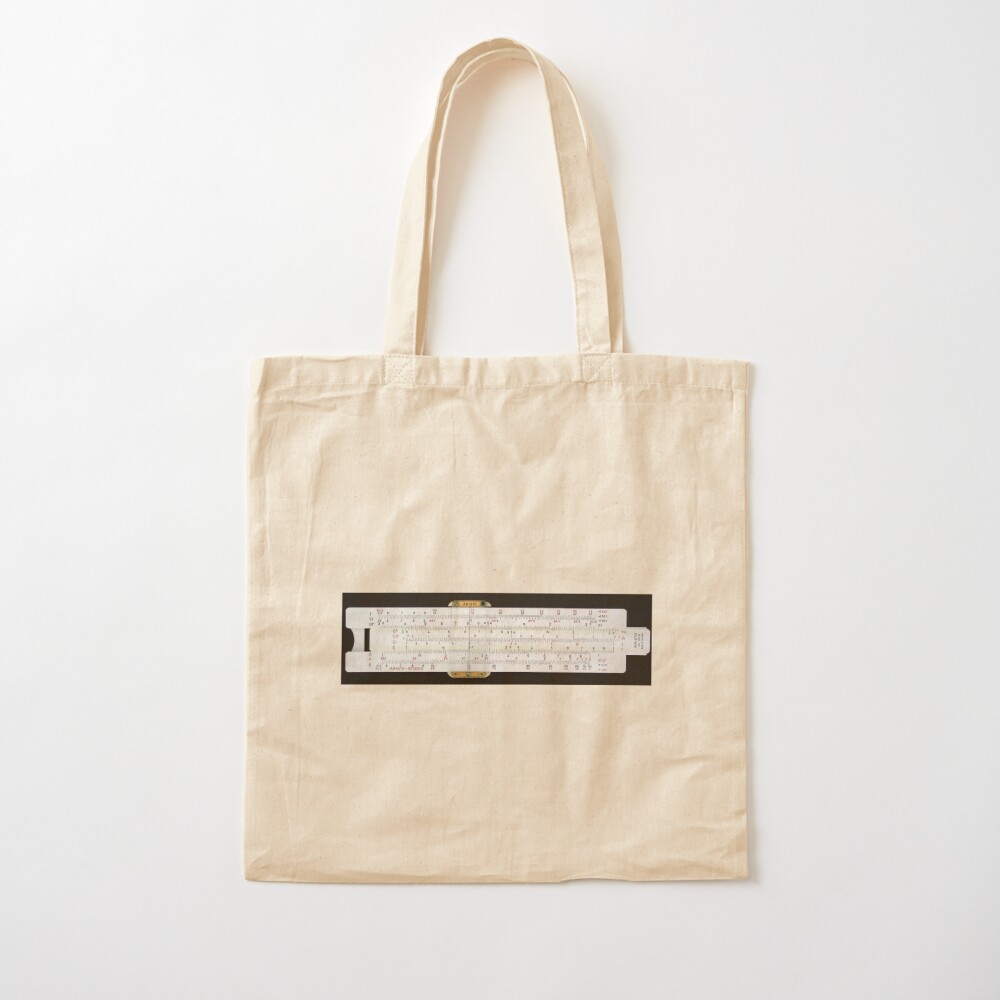


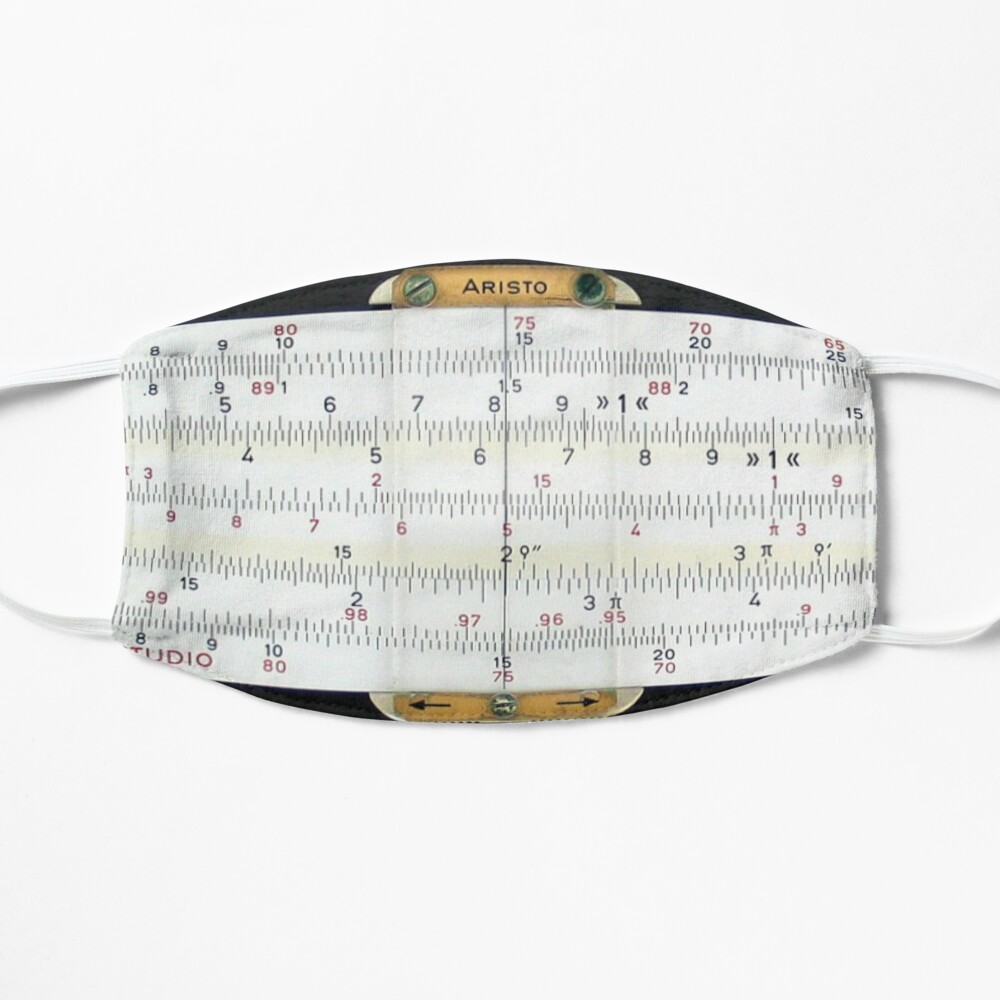
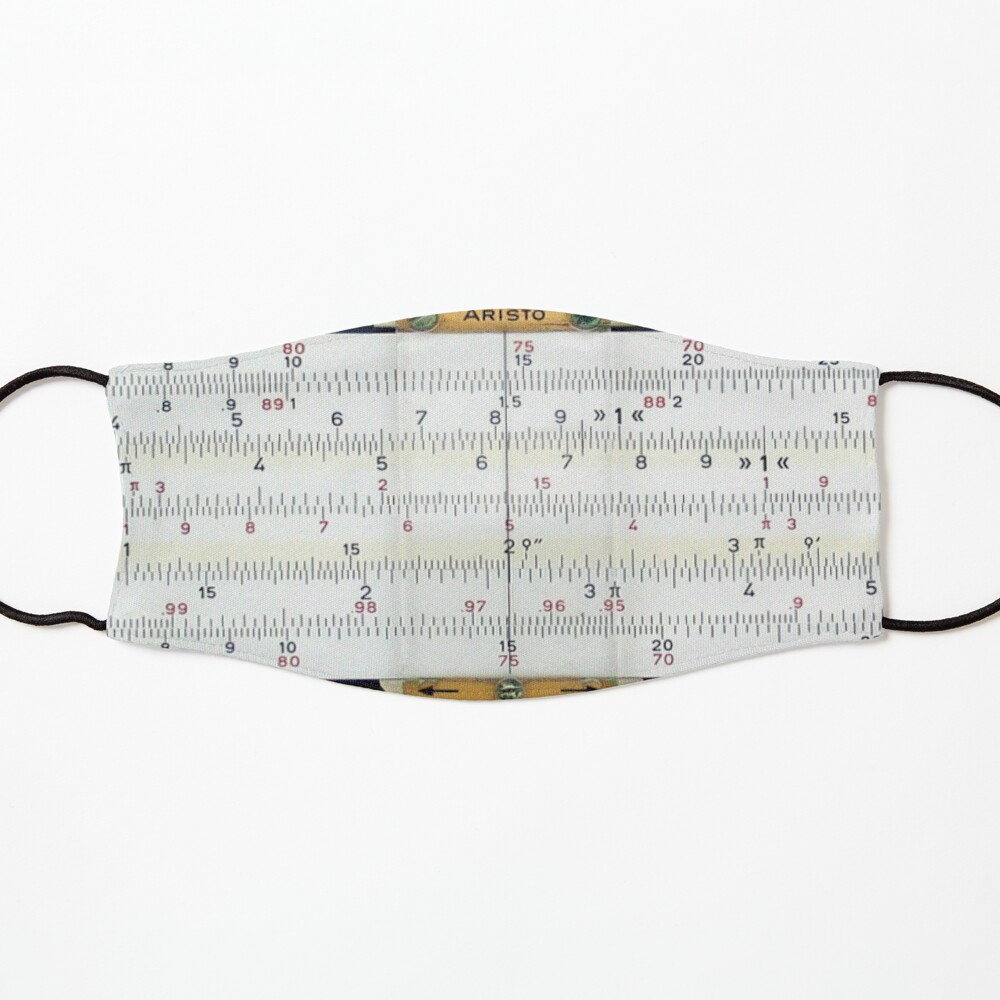
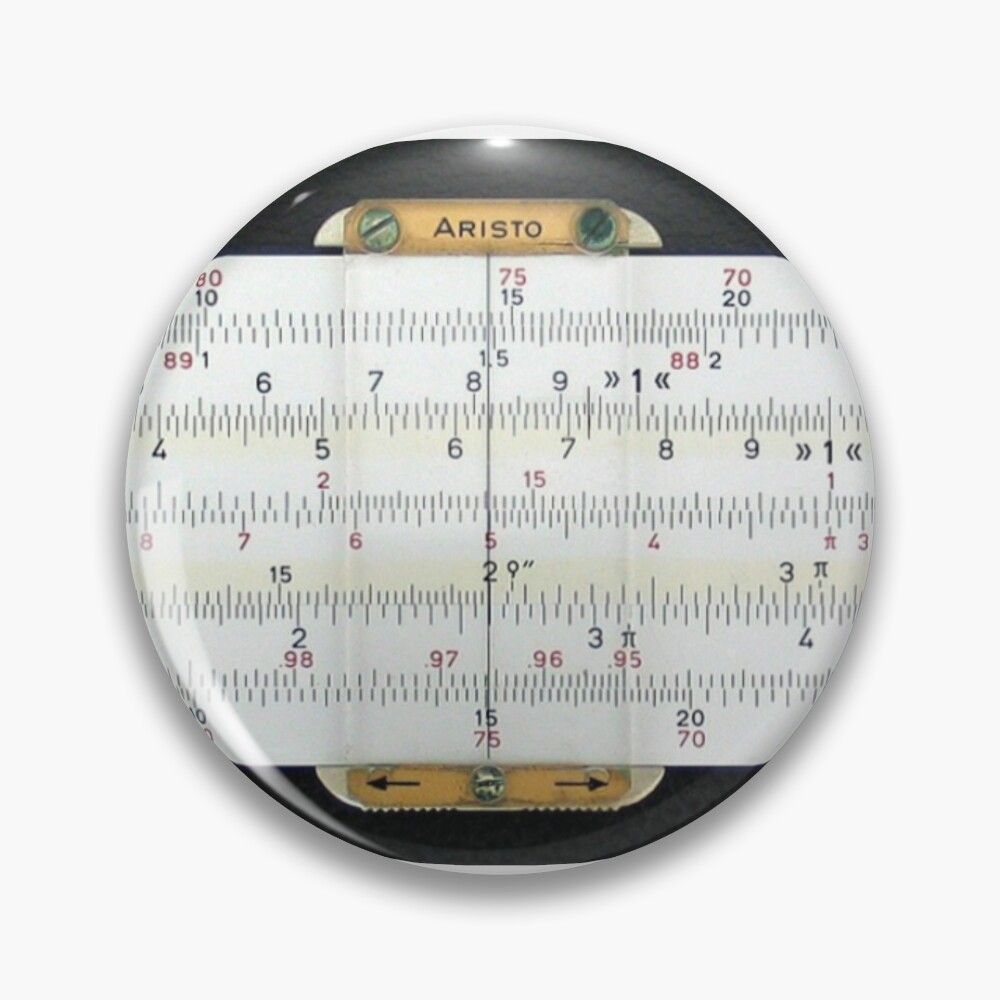


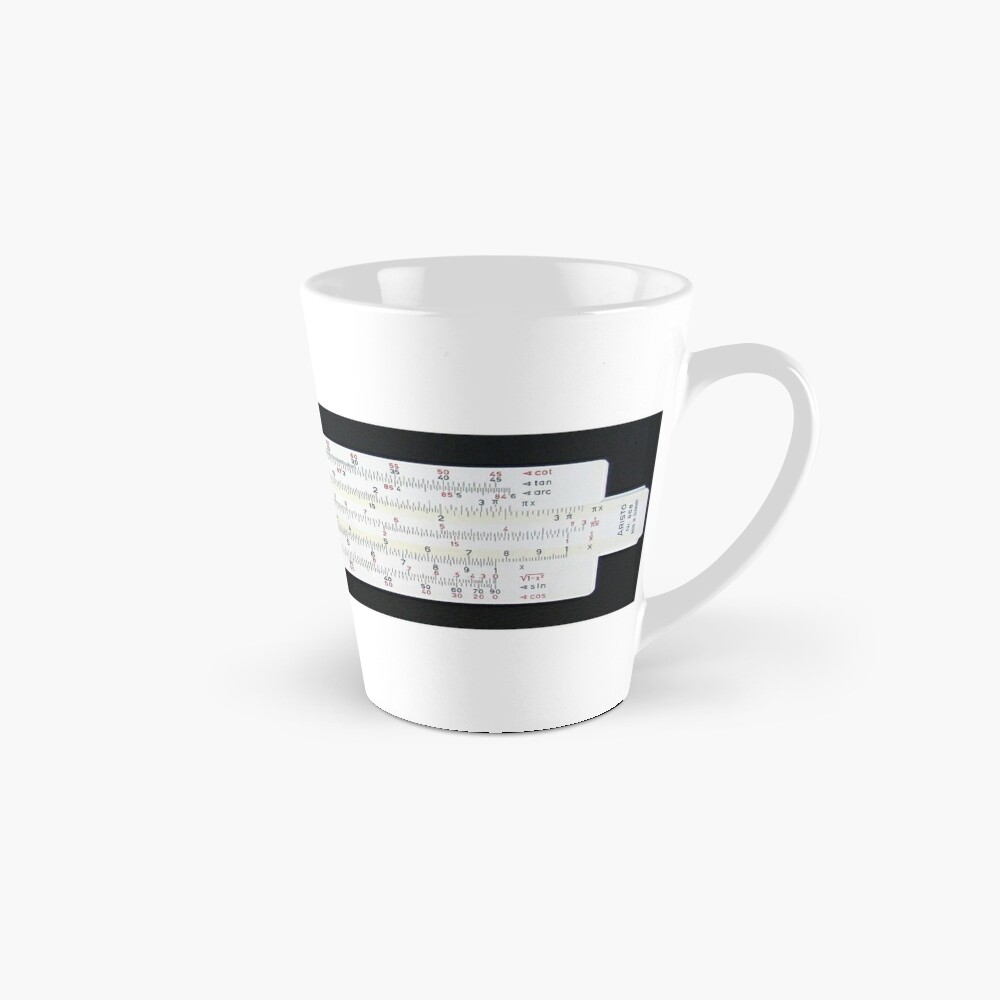


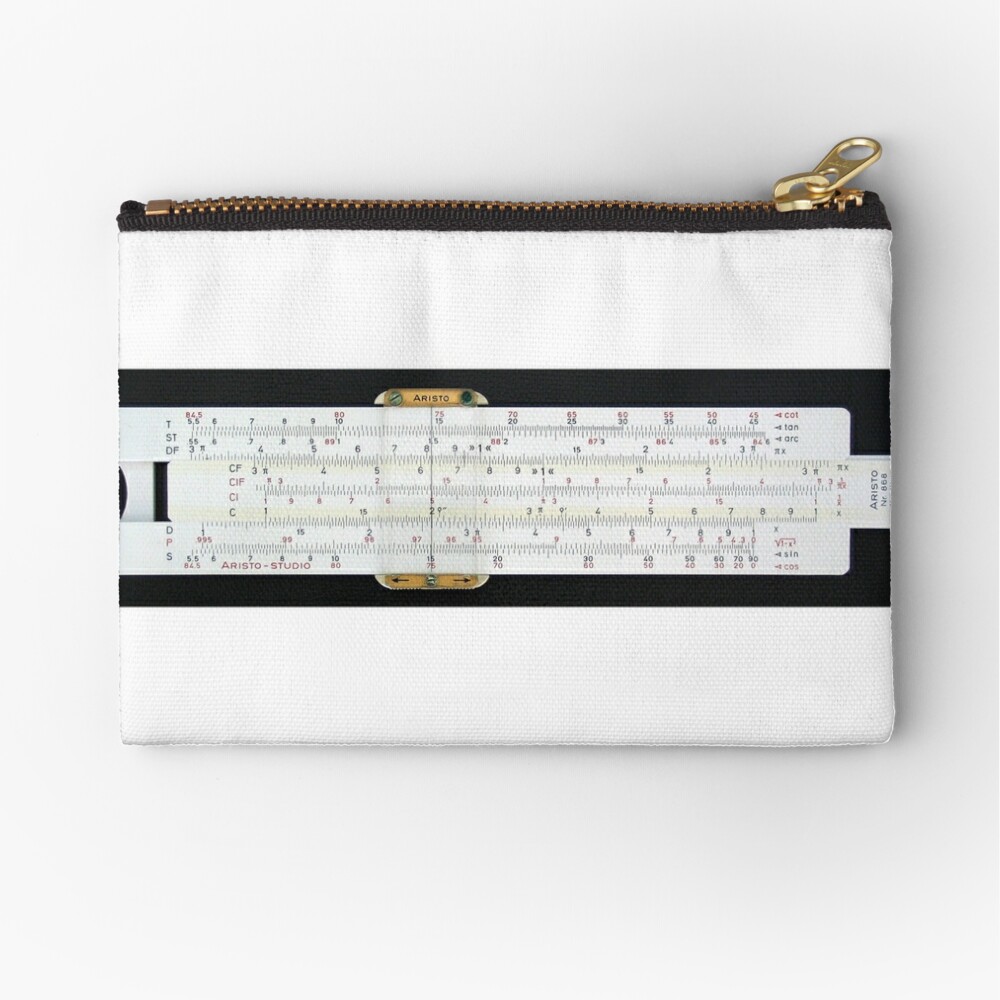

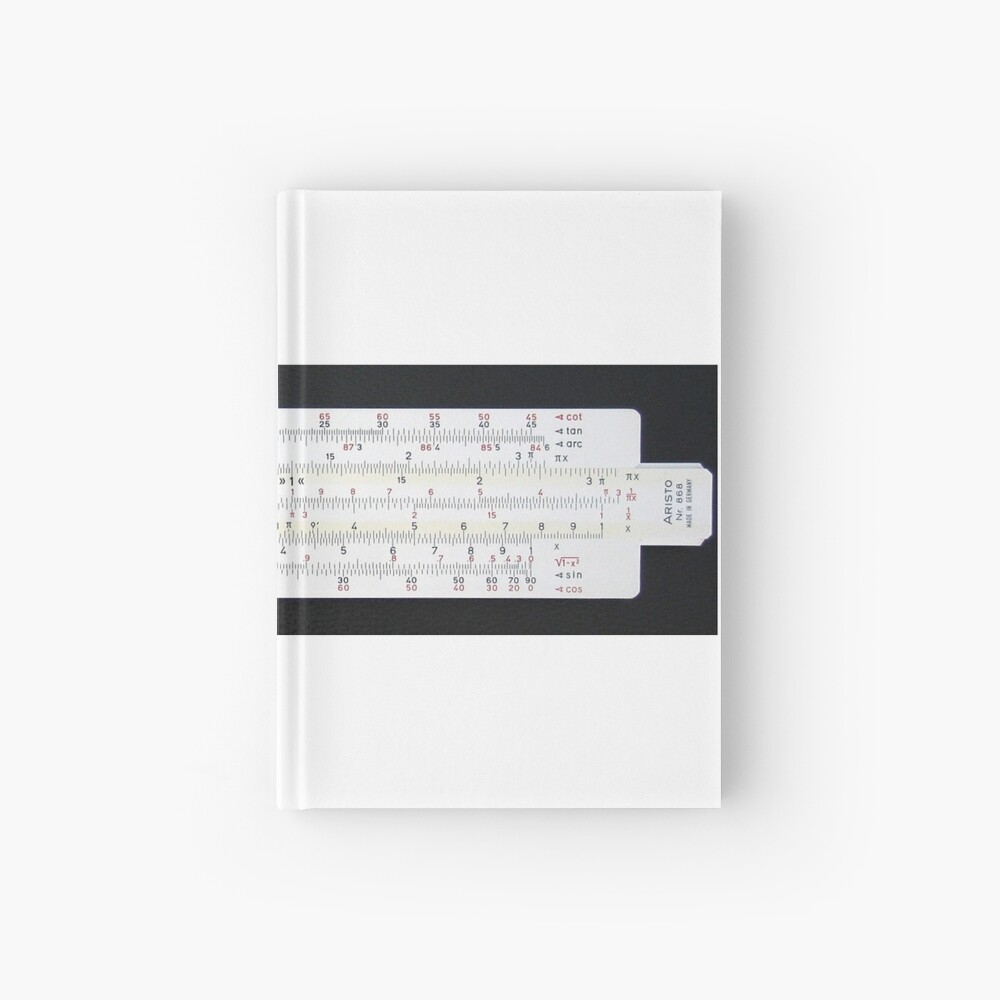
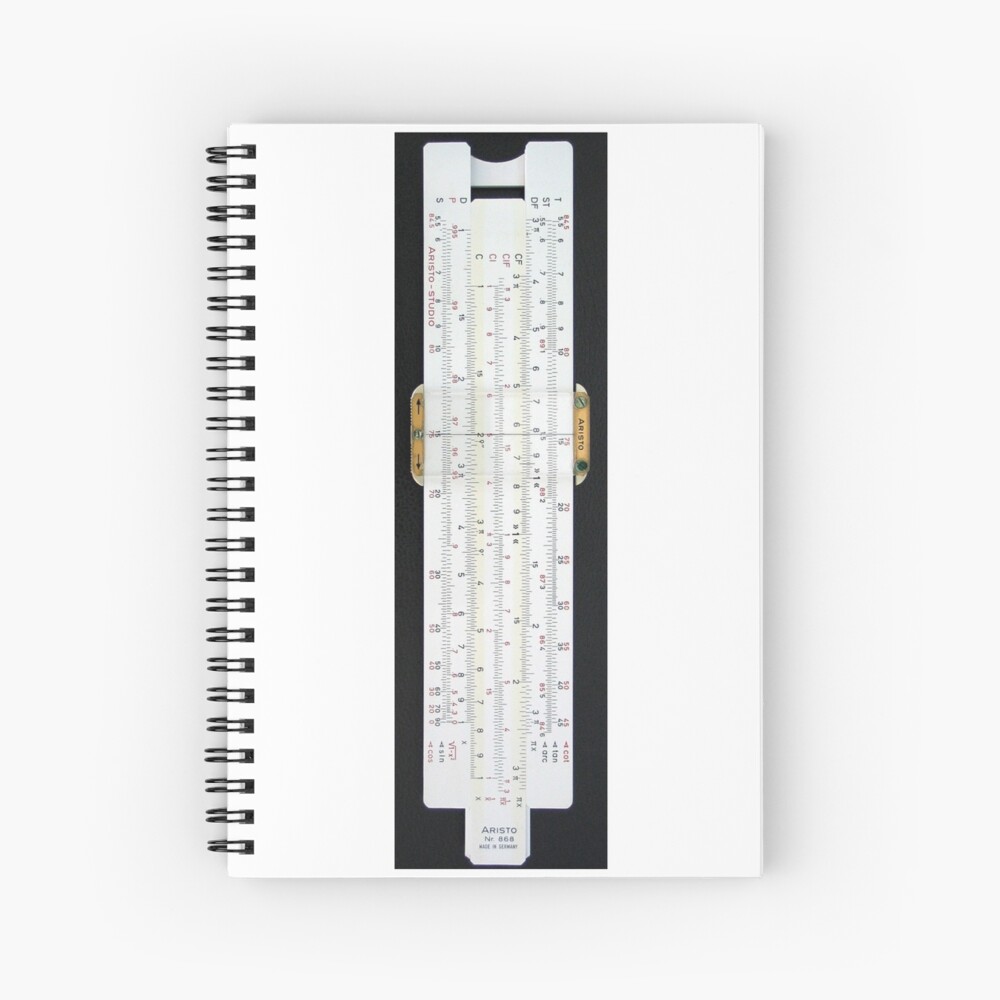
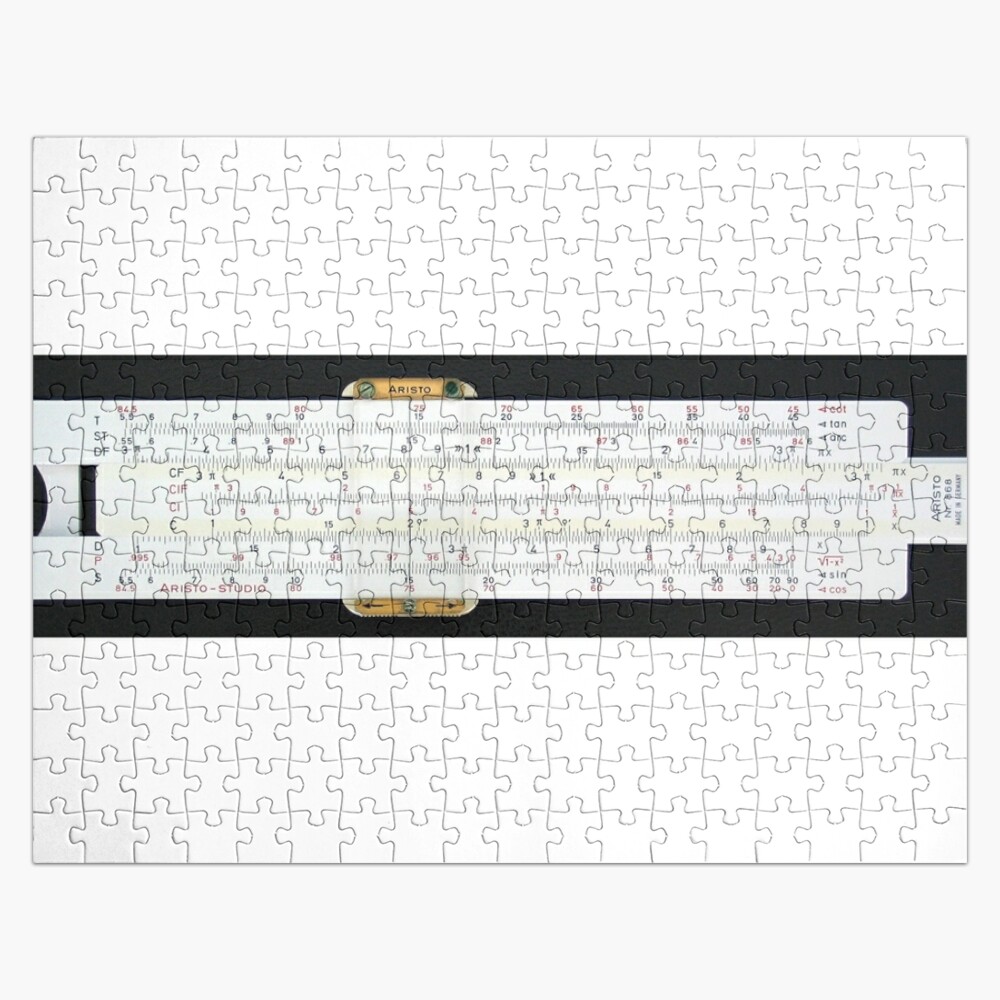

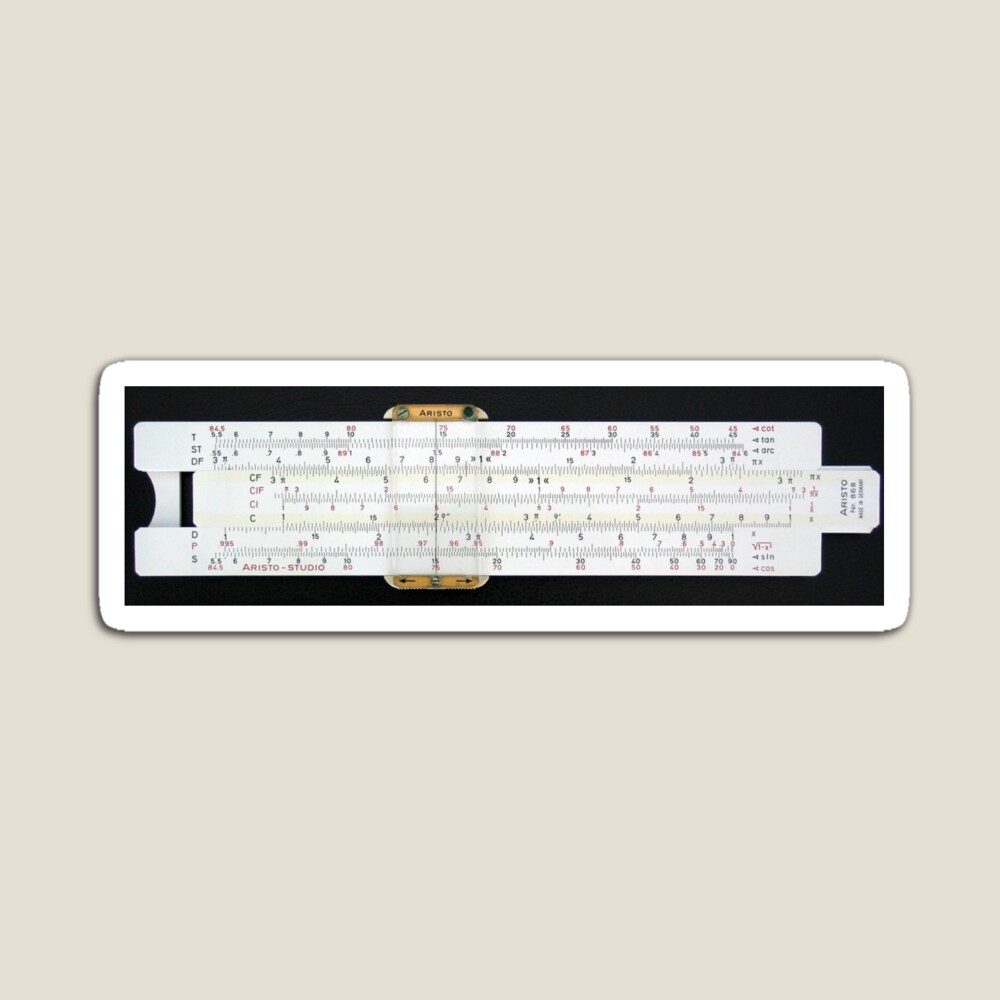
Slide rule, #slipstick, mechanical analog #computer, graphical analog #calculators, #nomograms, general calculations, application specific computations
ReplyDeleteThe slide rule, also known colloquially in the United States as a slipstick, is a mechanical analog computer. As graphical analog calculators, slide rules are closely related to nomograms, but the former are used for general calculations, whereas the latter are used for application-specific computations. The slide rule is used primarily for multiplication and division, and also for functions such as exponents, roots, logarithms, and trigonometry, but typically not for addition or subtraction. Though similar in name and appearance to a standard ruler, the slide rule is not meant to be used for measuring length or drawing straight lines. Slide rules exist in a diverse range of styles and generally appear in a linear or circular form with a standardized set of markings (scales) essential to performing mathematical computations. Slide rules manufactured for specialized fields such as aviation or finance typically feature additional scales that aid in calculations peculiar to those fields. At its simplest, each number to be multiplied is represented by a length on a sliding ruler. As the rulers each have a logarithmic scale, it is possible to align them to read the sum of the logarithms, and hence calculate the product of the two numbers. The Reverend William Oughtred and others developed the slide rule in the 17th century based on the emerging work on logarithms by John Napier. Before the advent of the electronic calculator, it was the most commonly used calculation tool in science and engineering. The use of slide rules continued to grow through the 1950s and 1960s even as computers were being gradually introduced; but around 1974 the handheld electronic scientific calculator made them largely obsolete and most suppliers left the business.
ReplyDelete